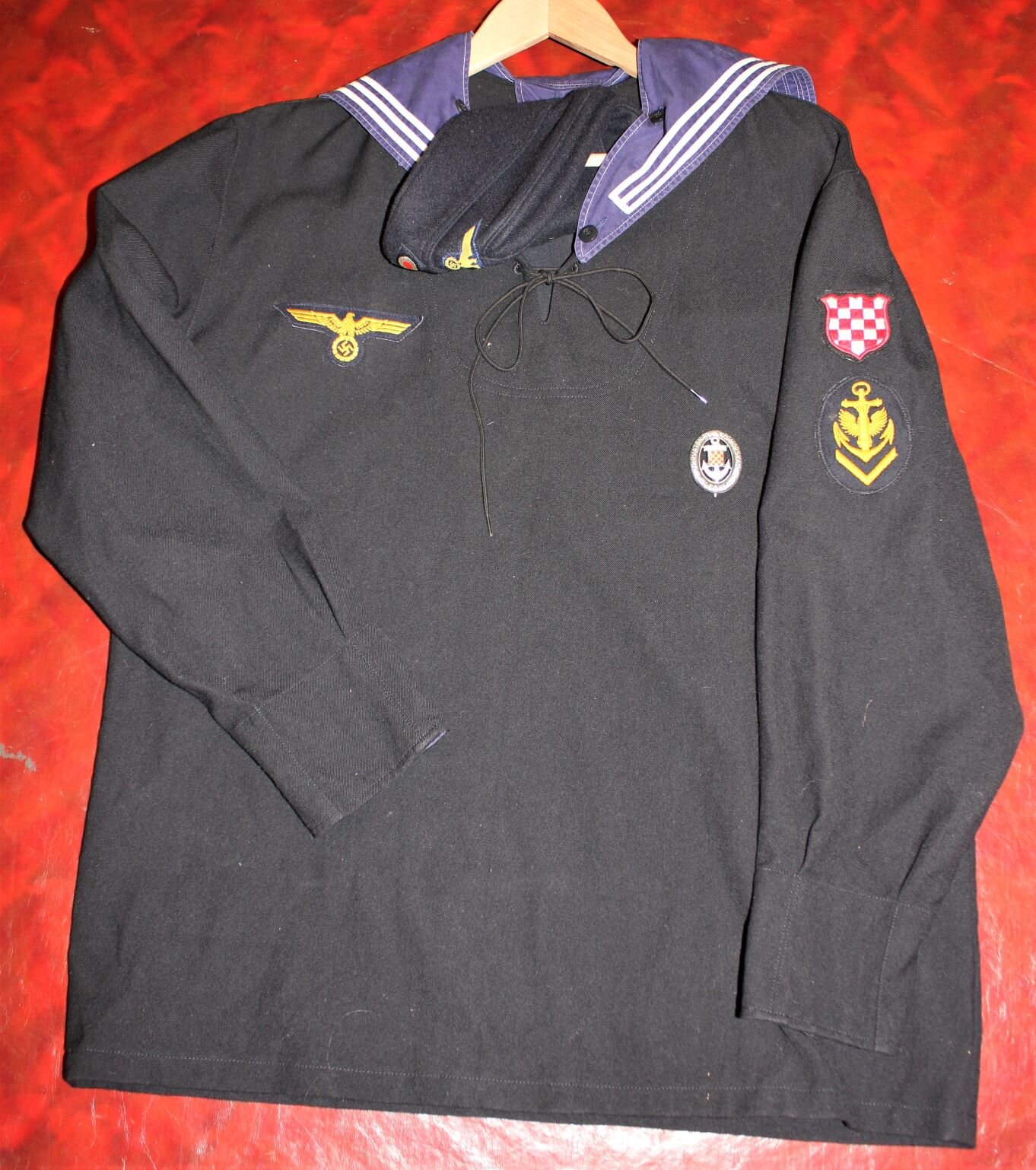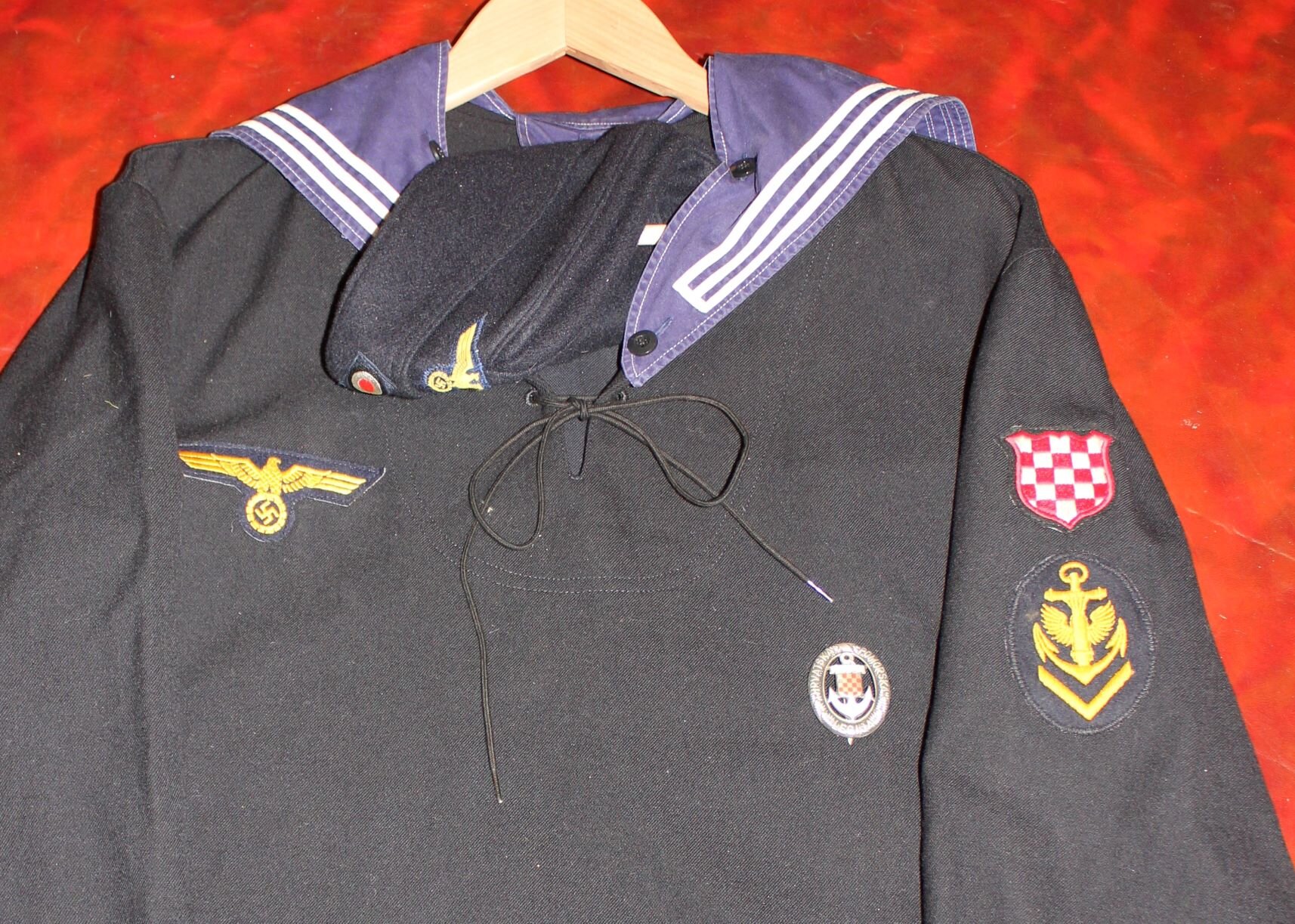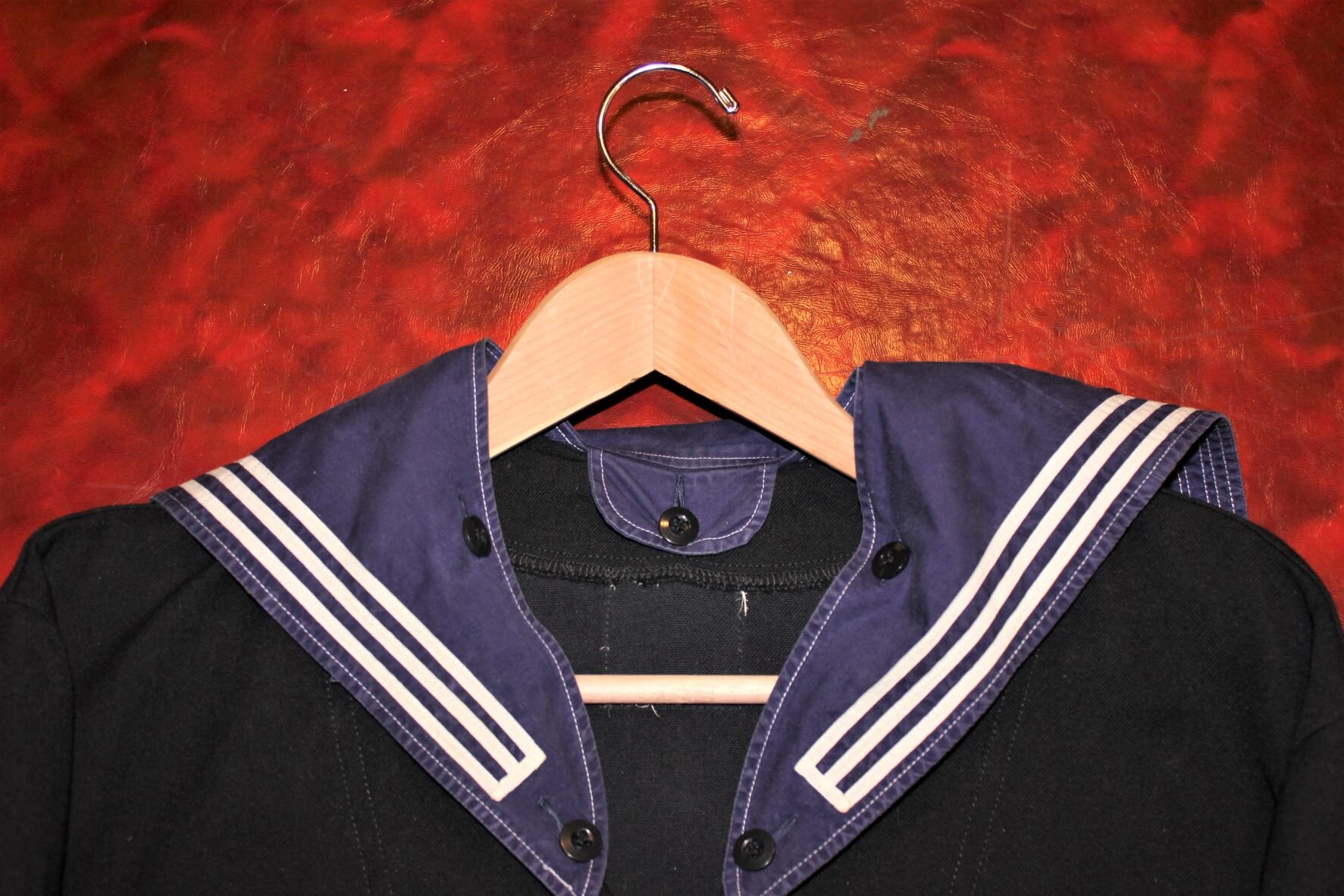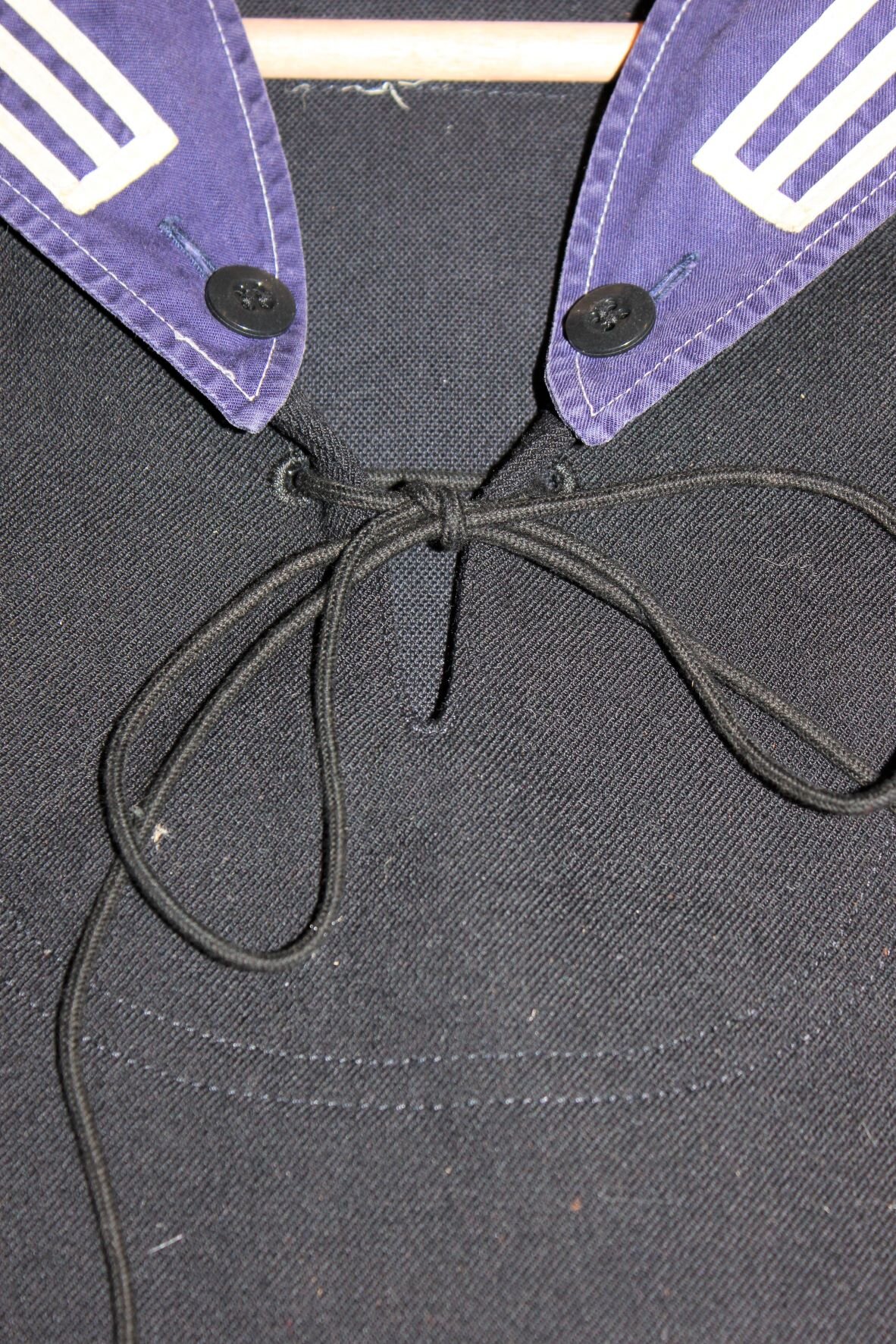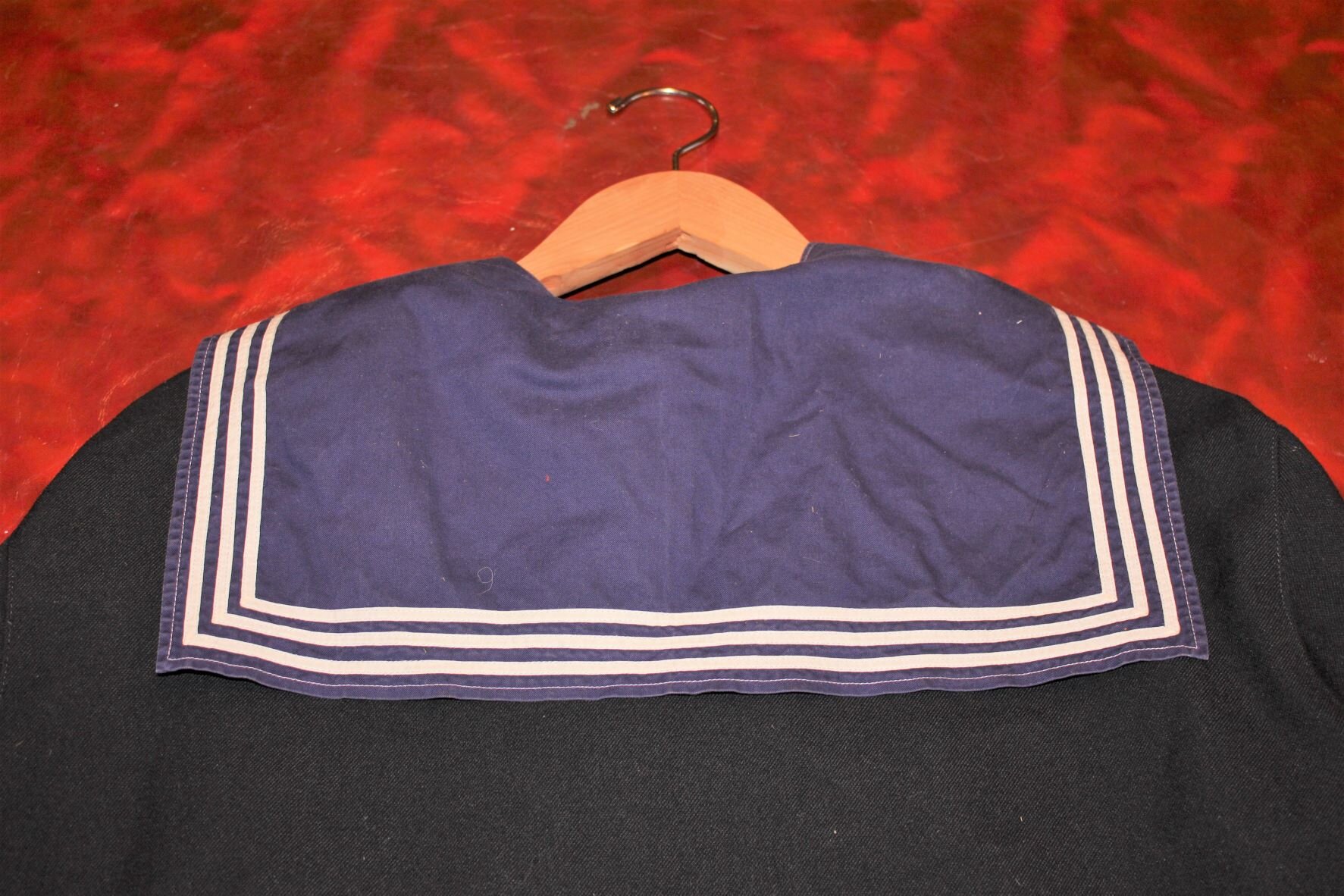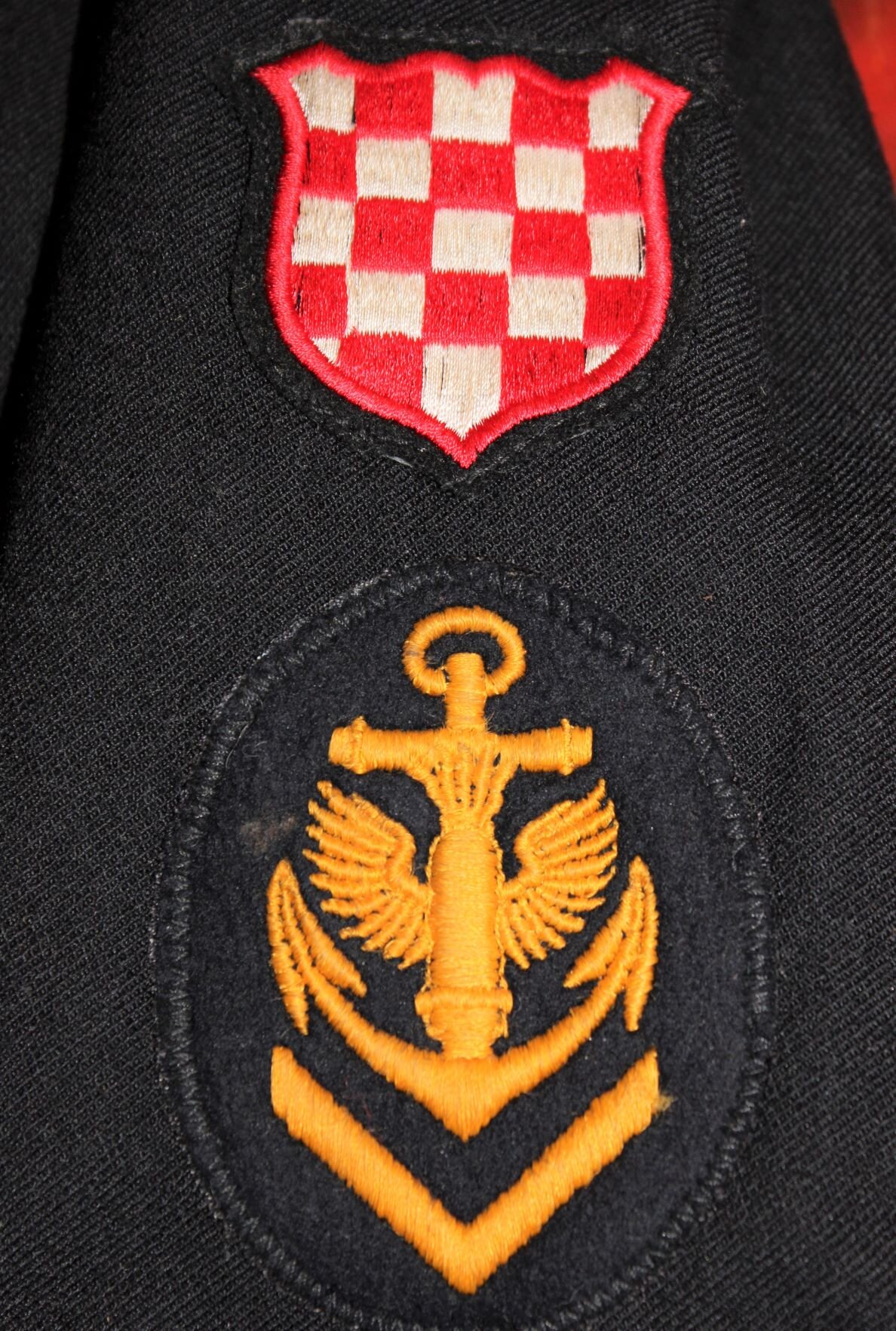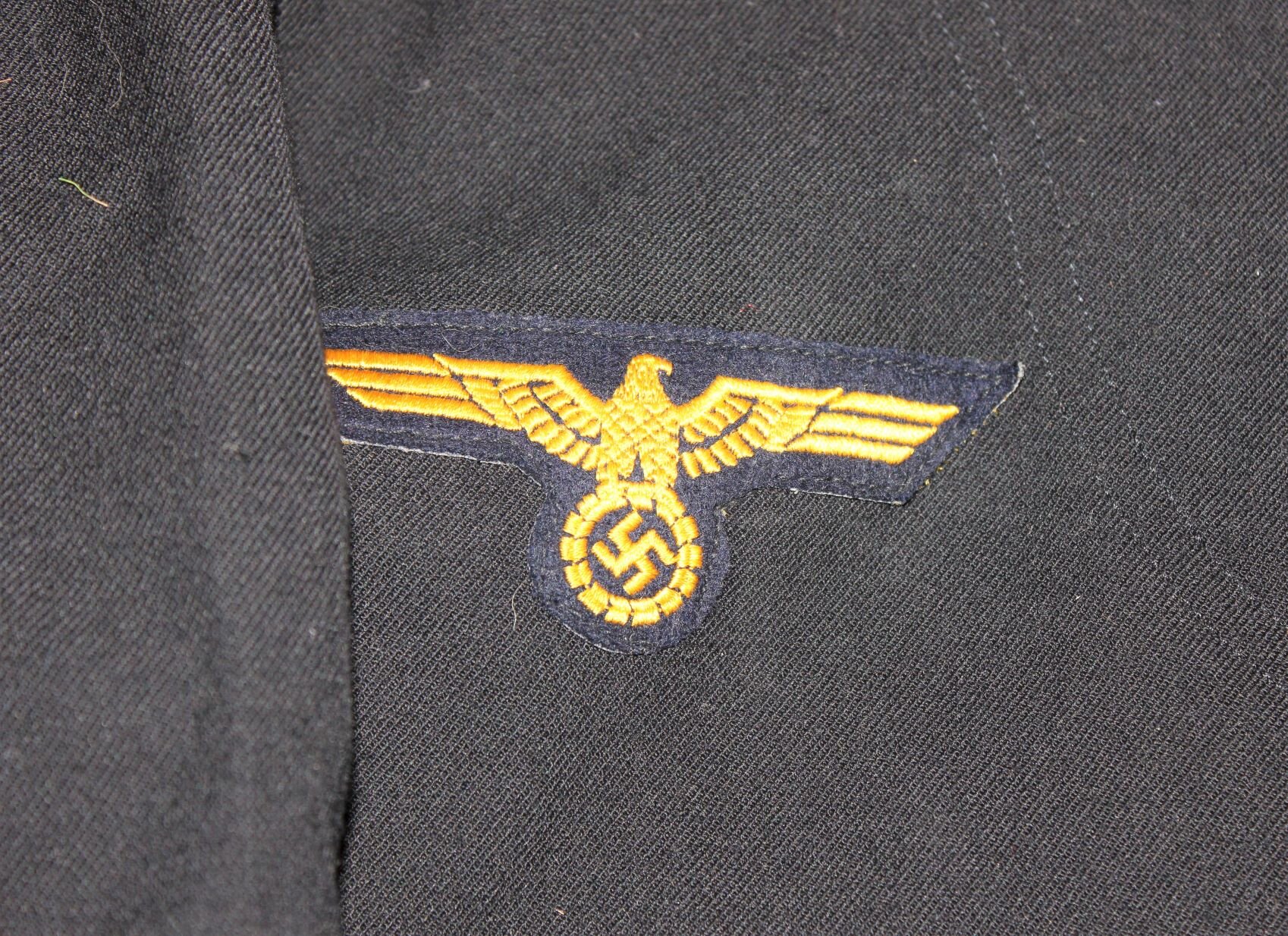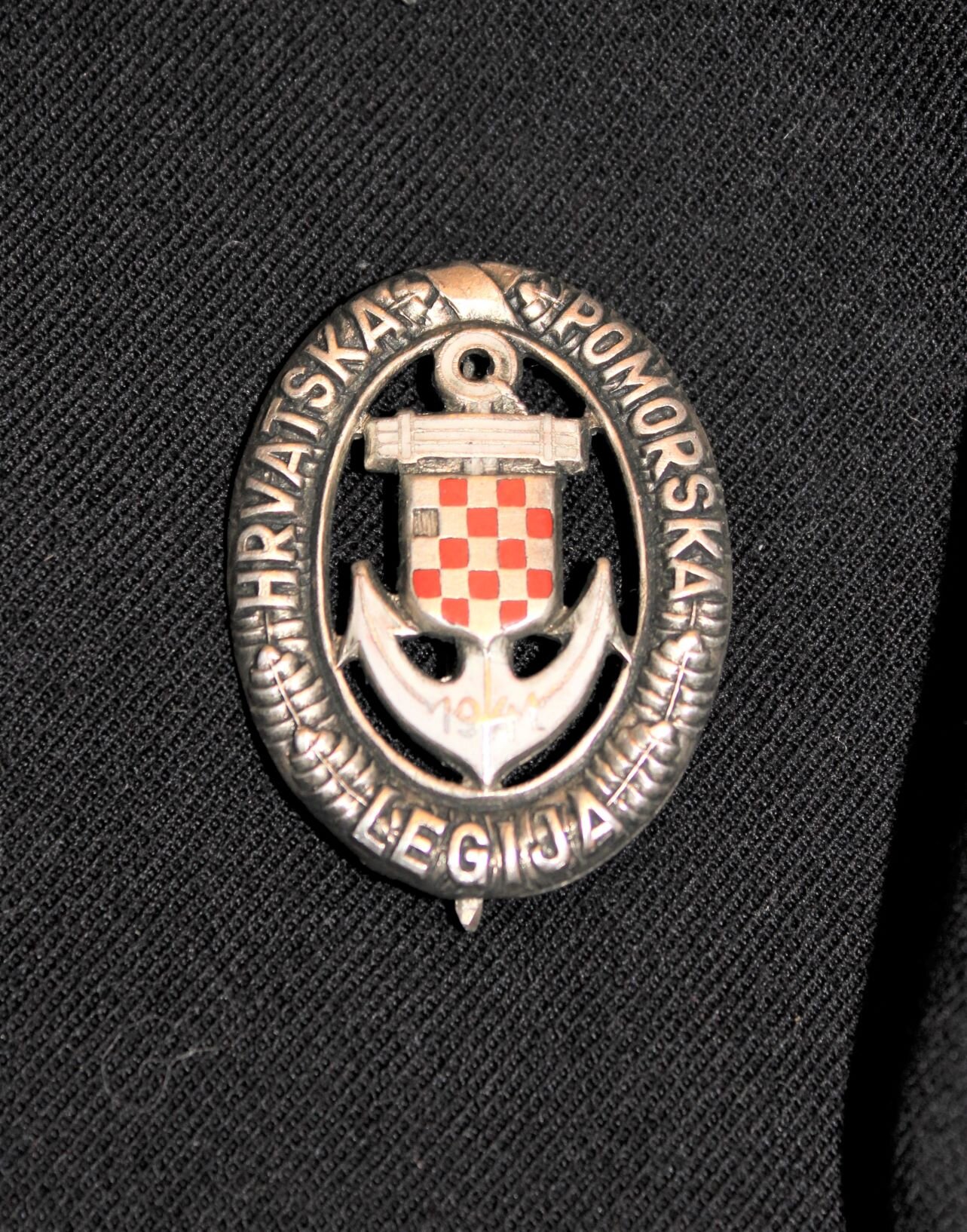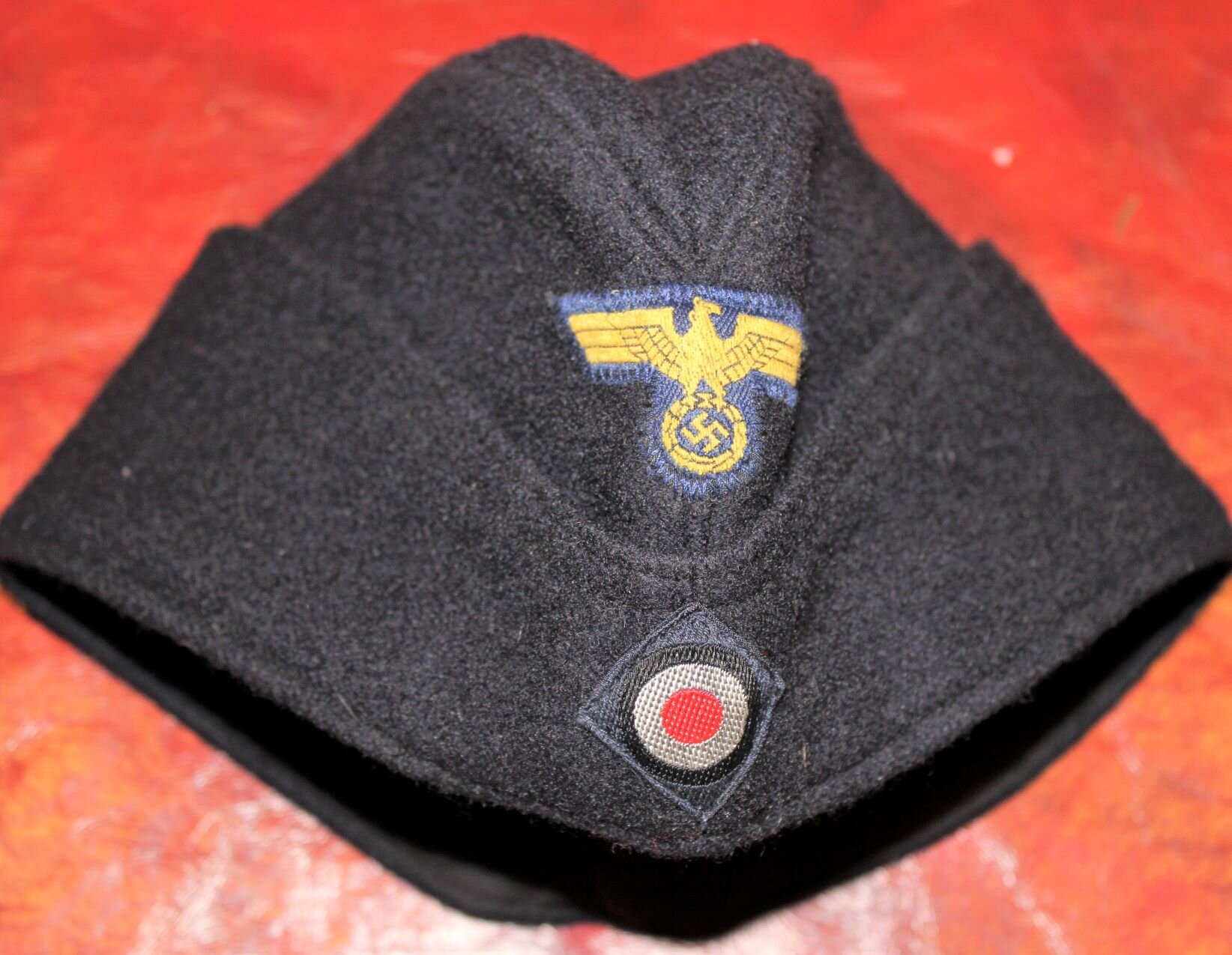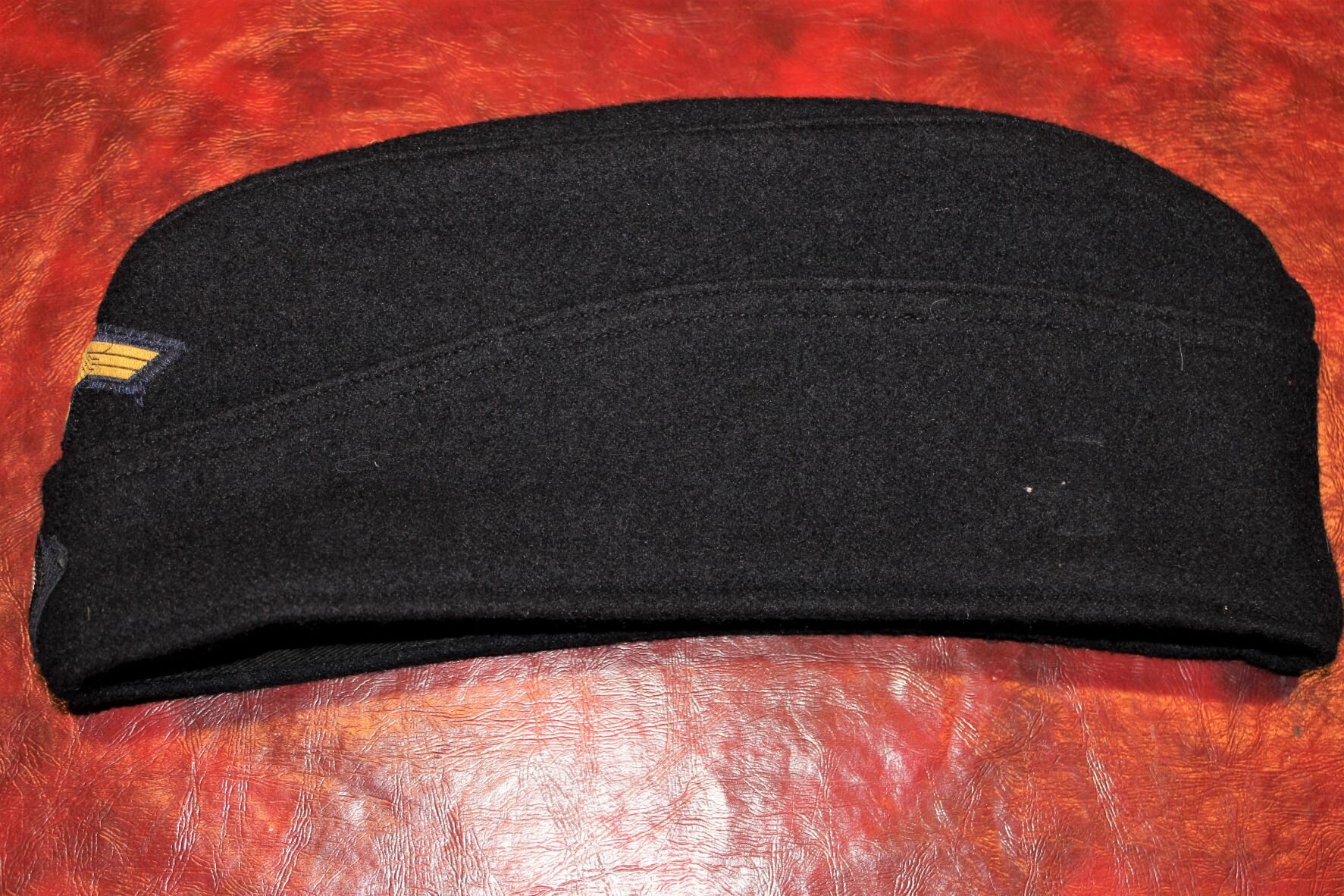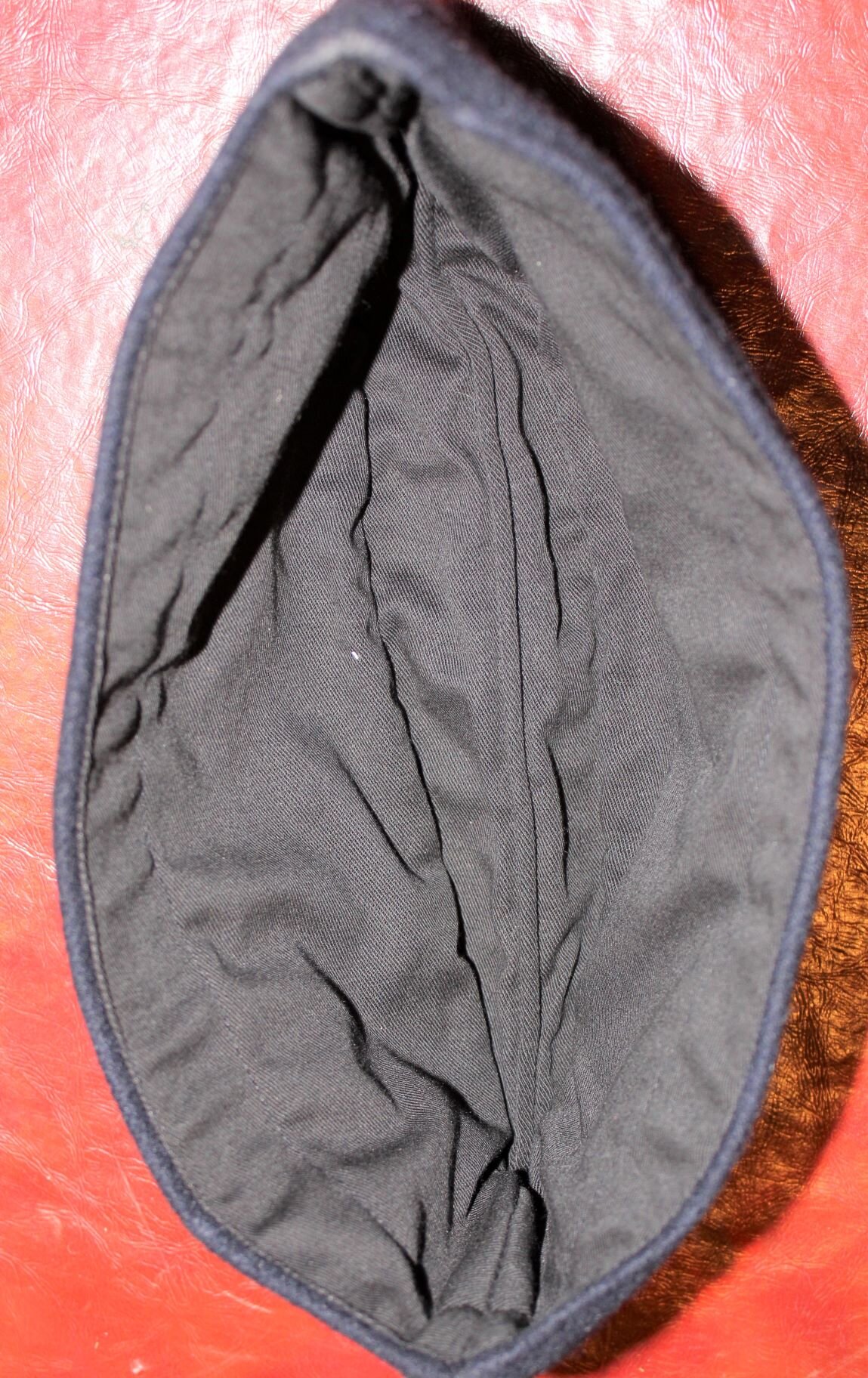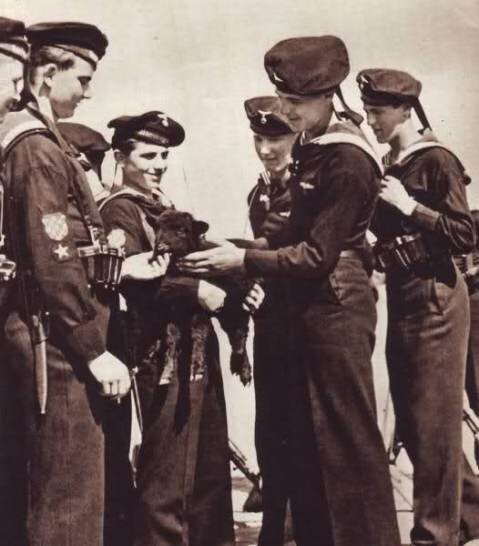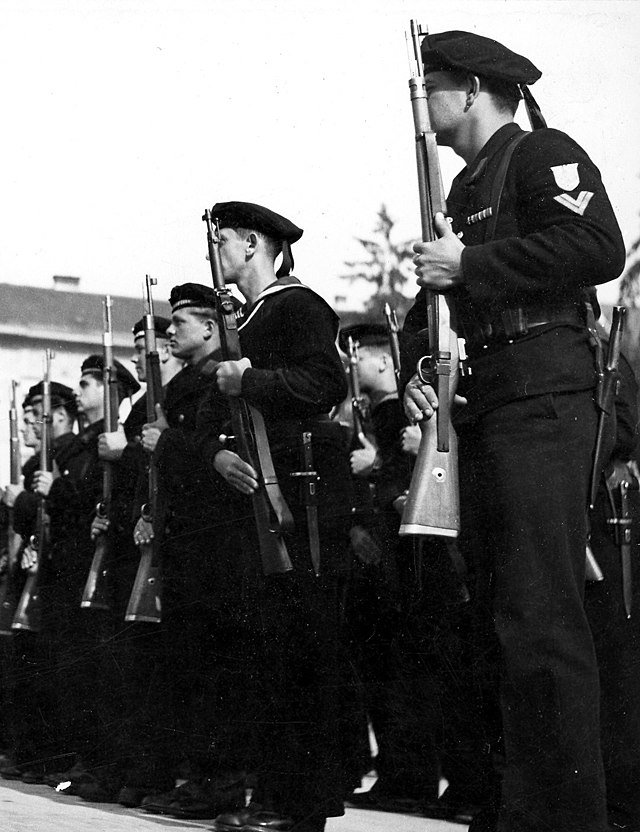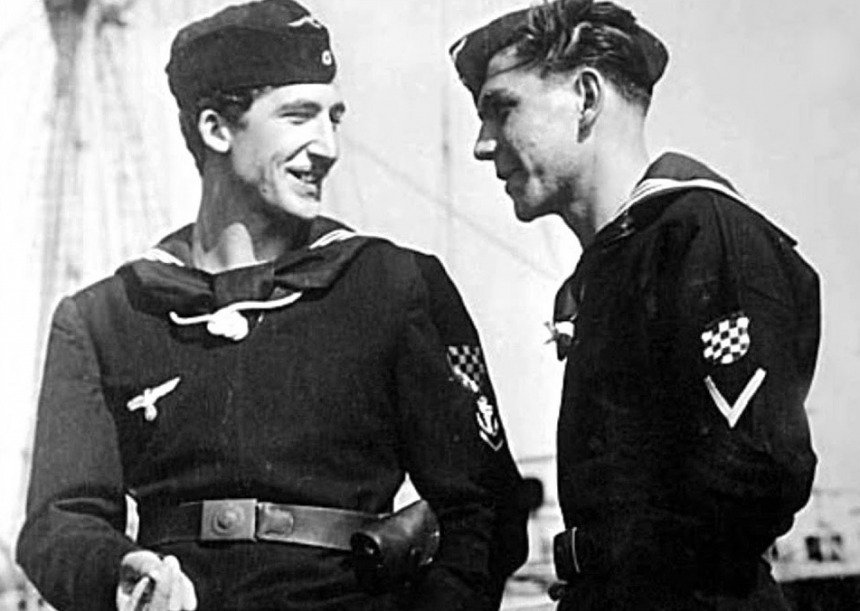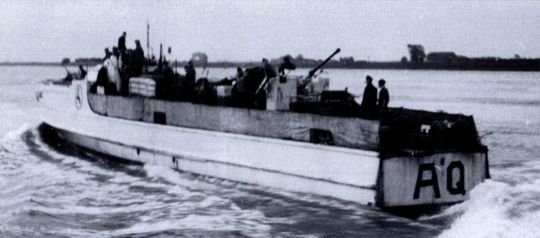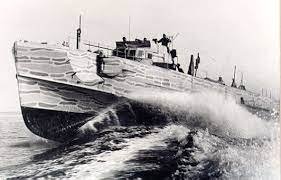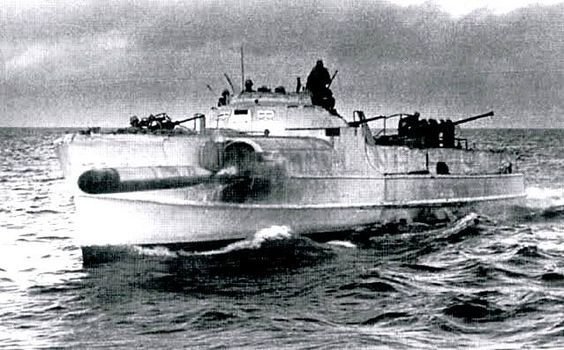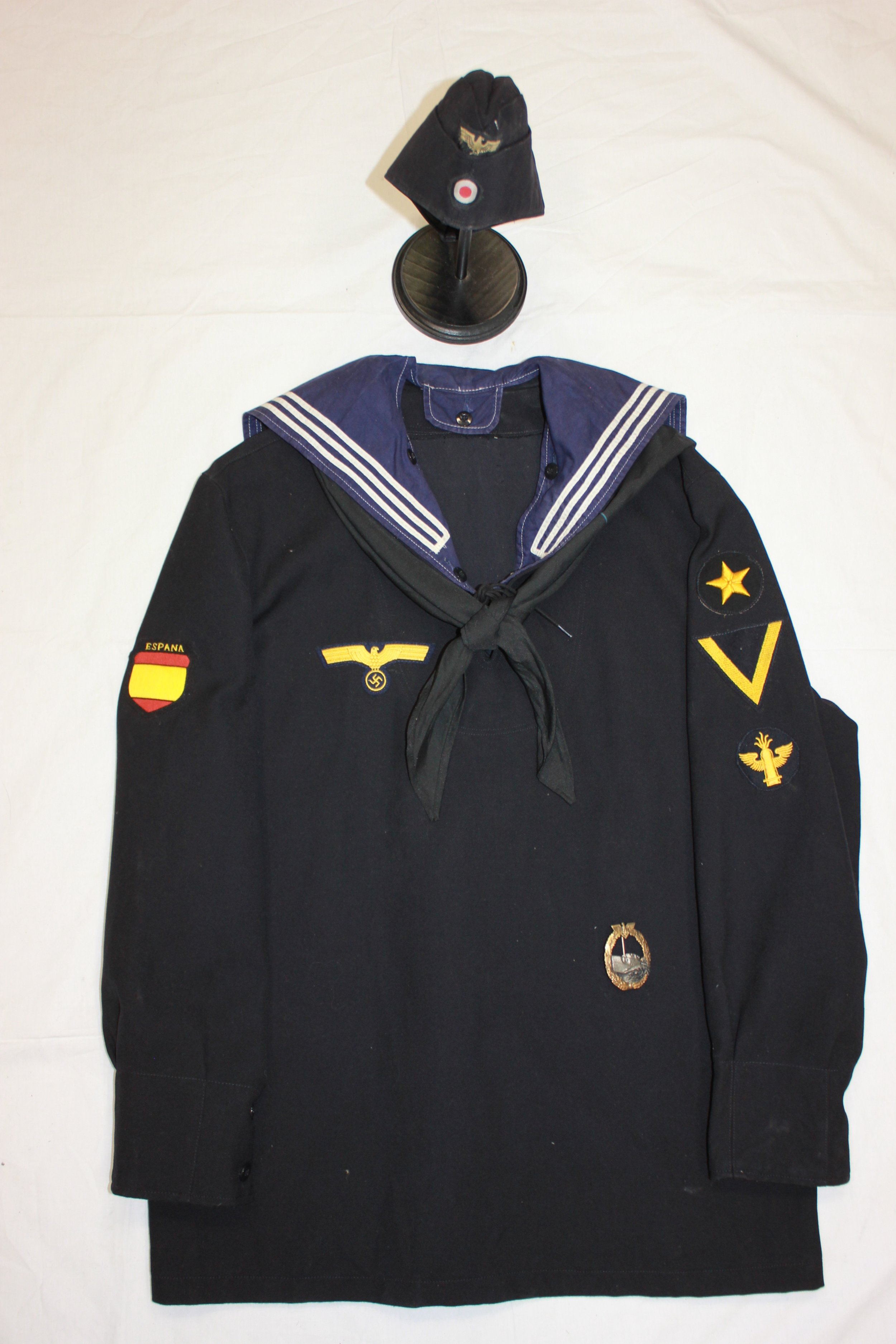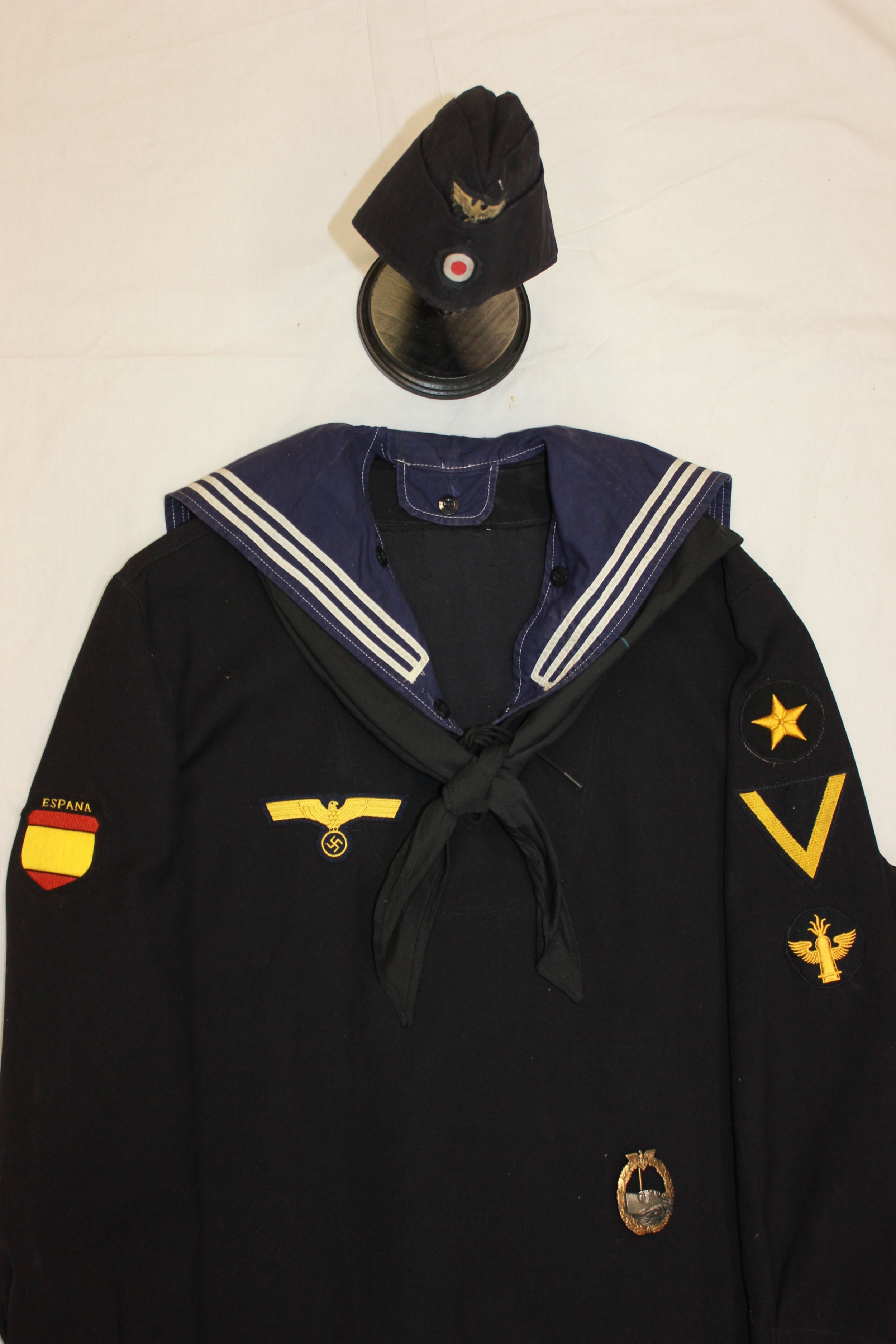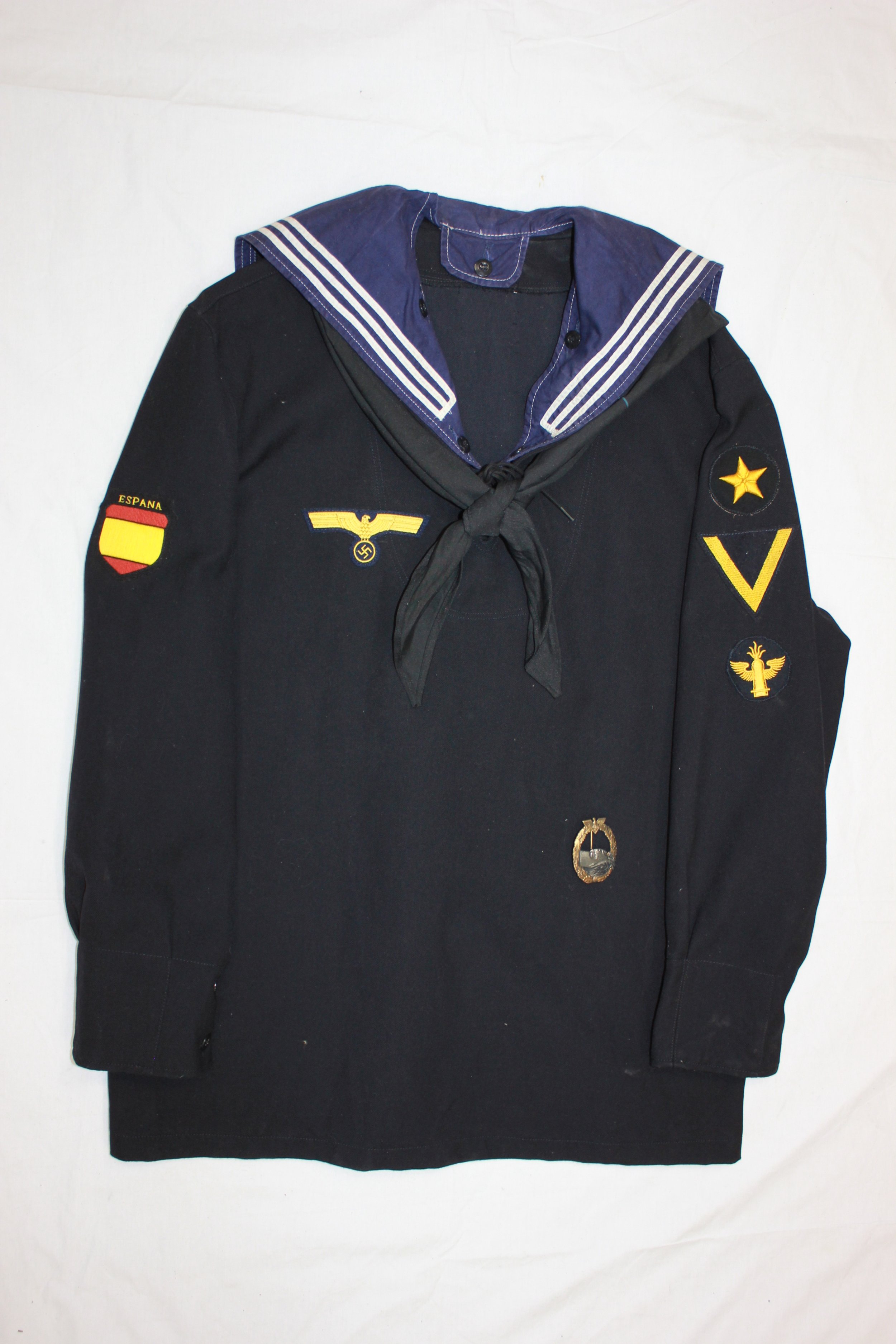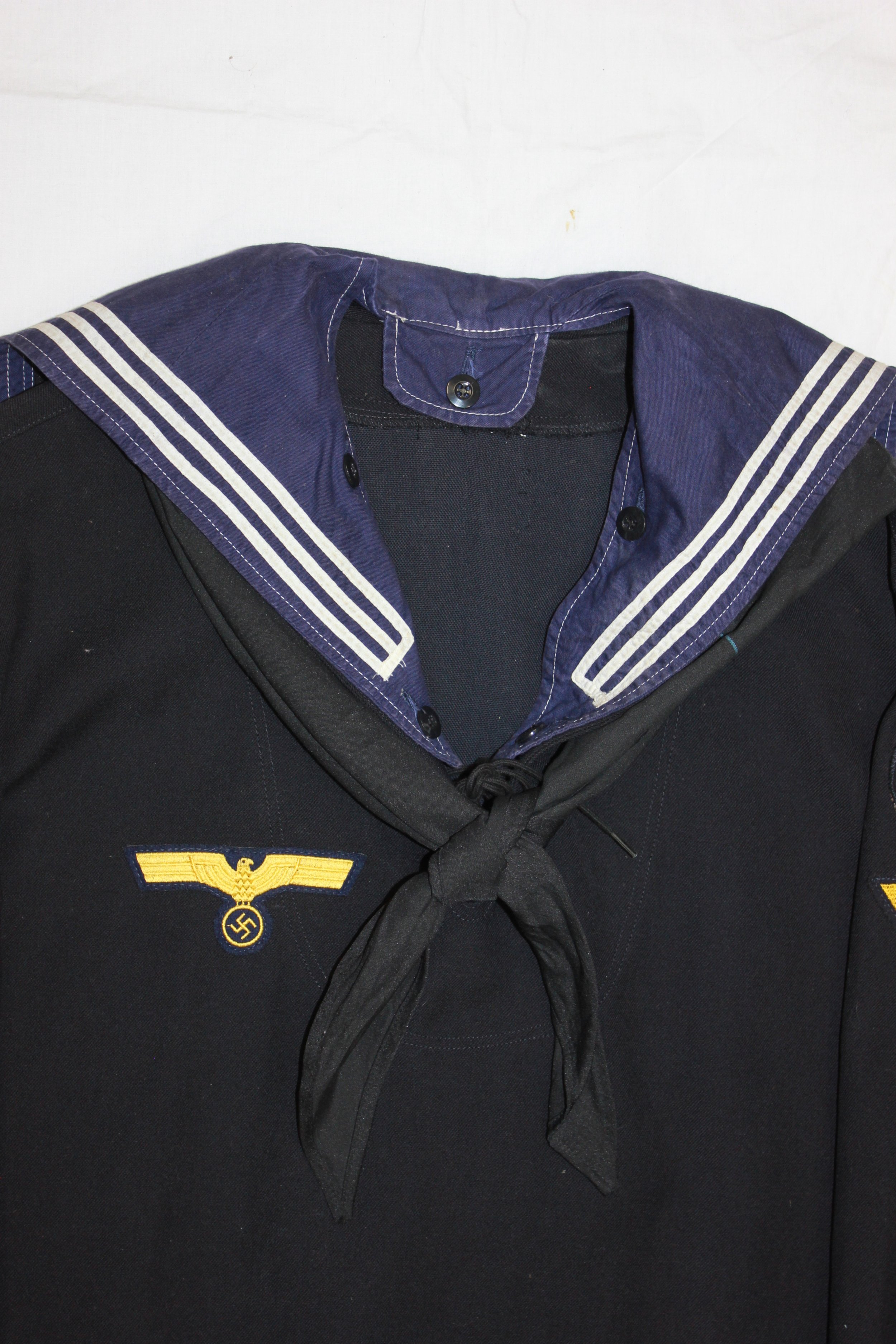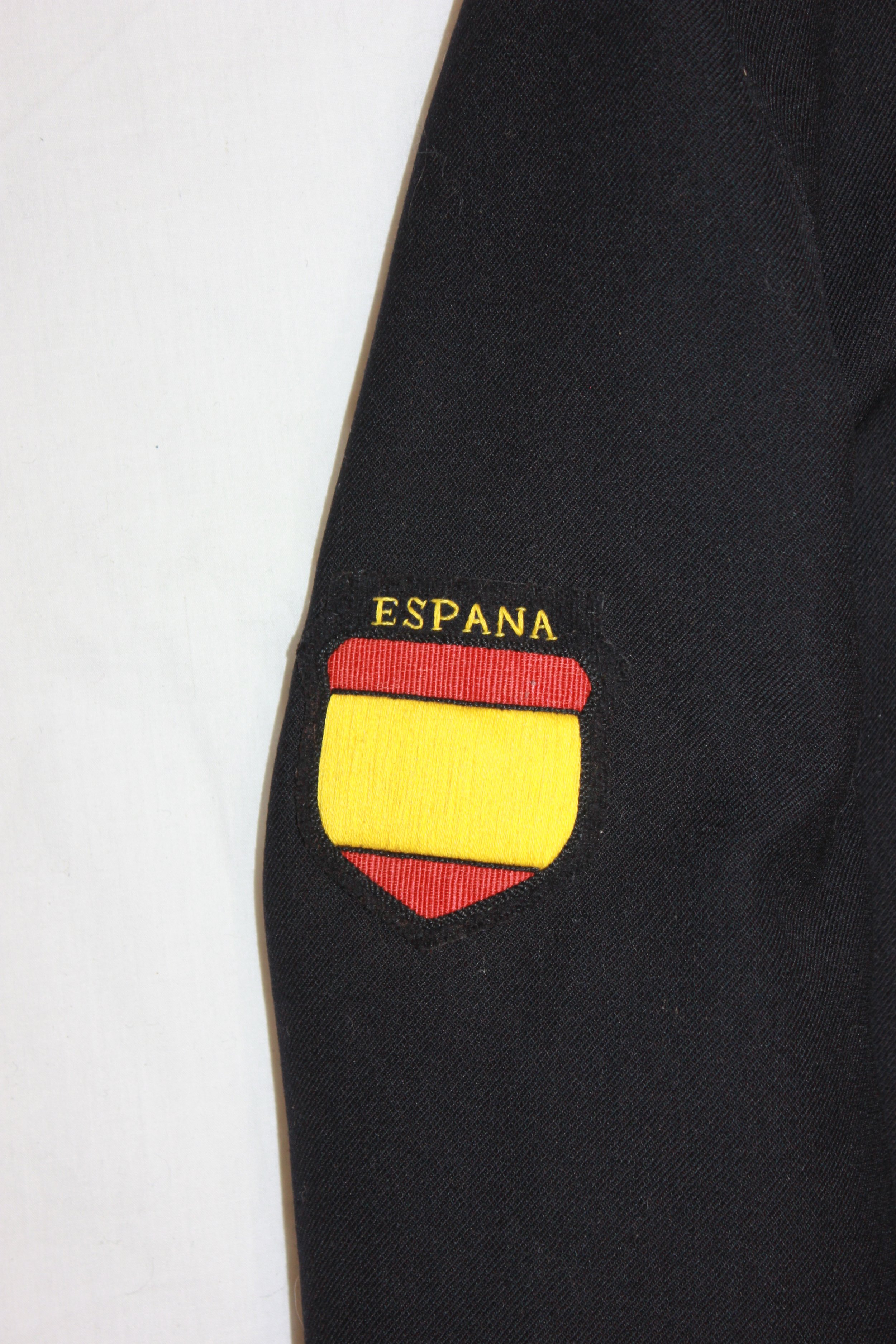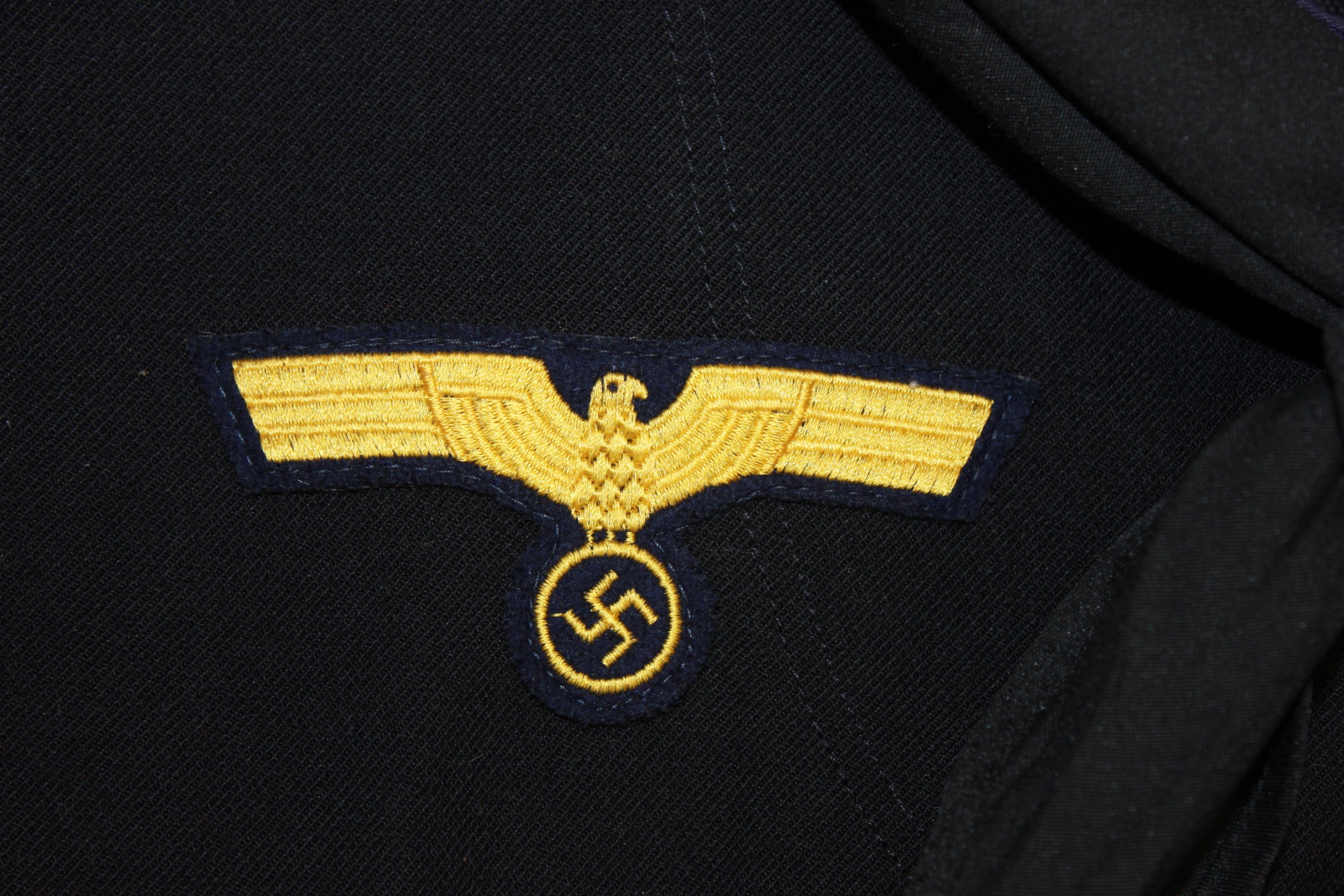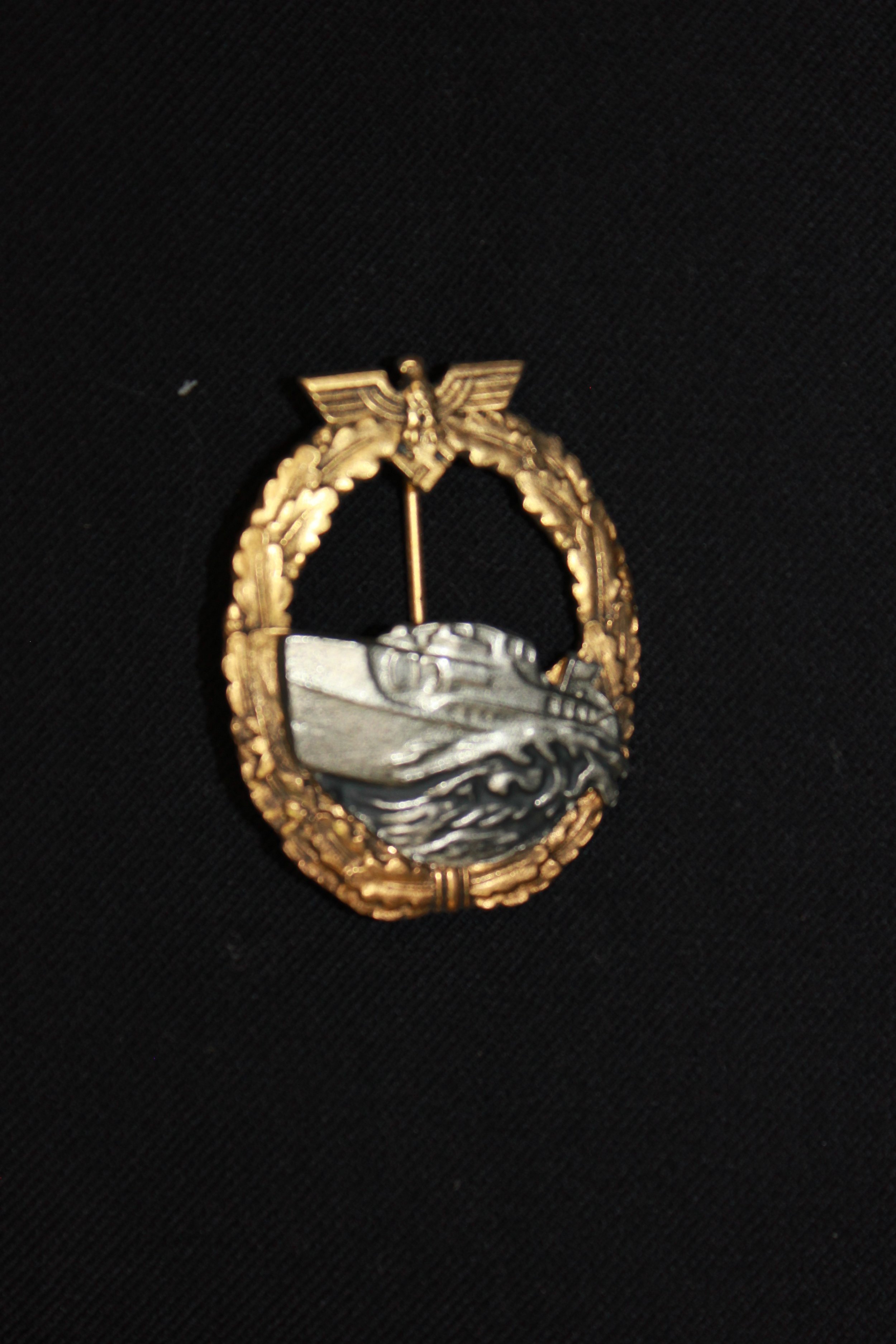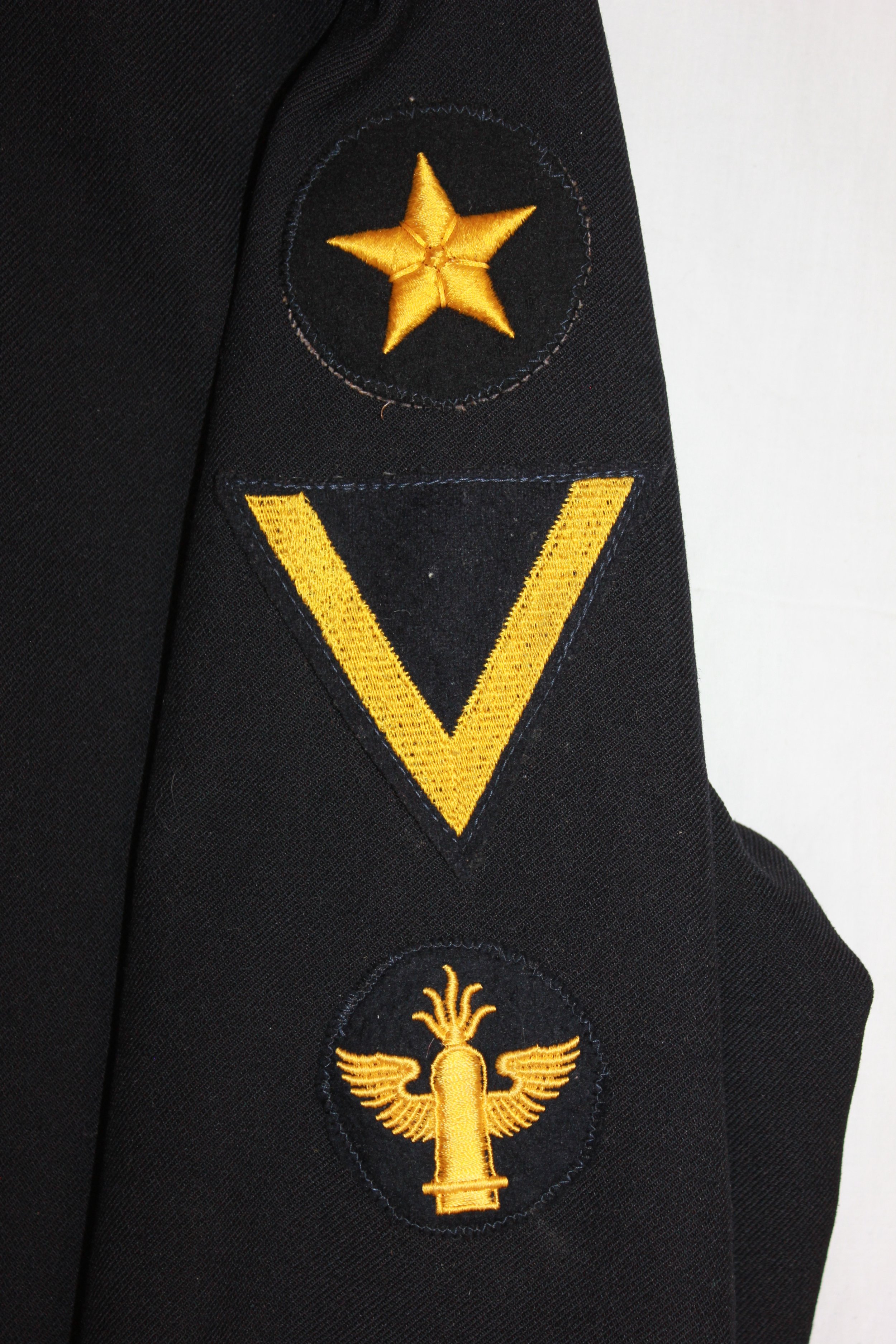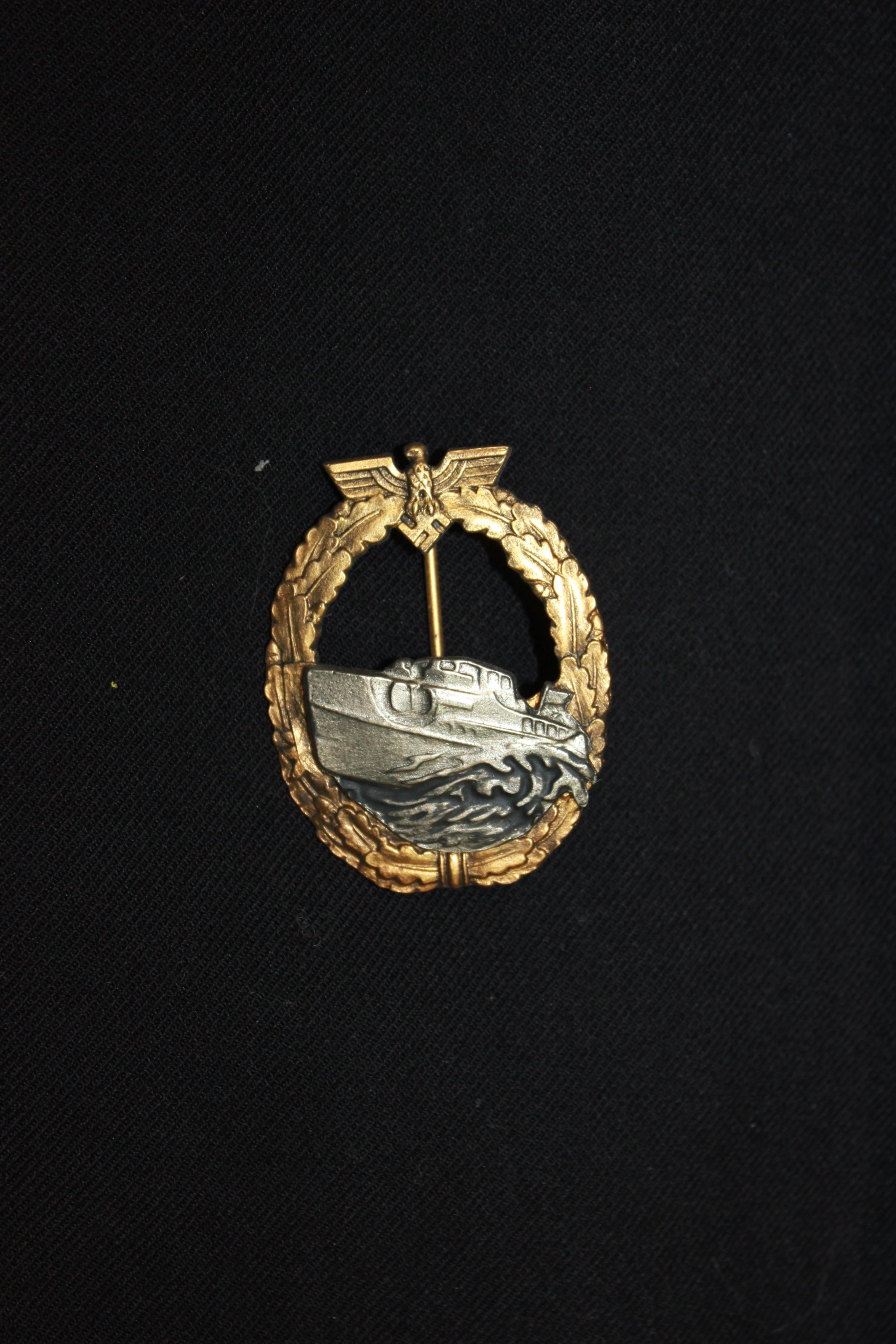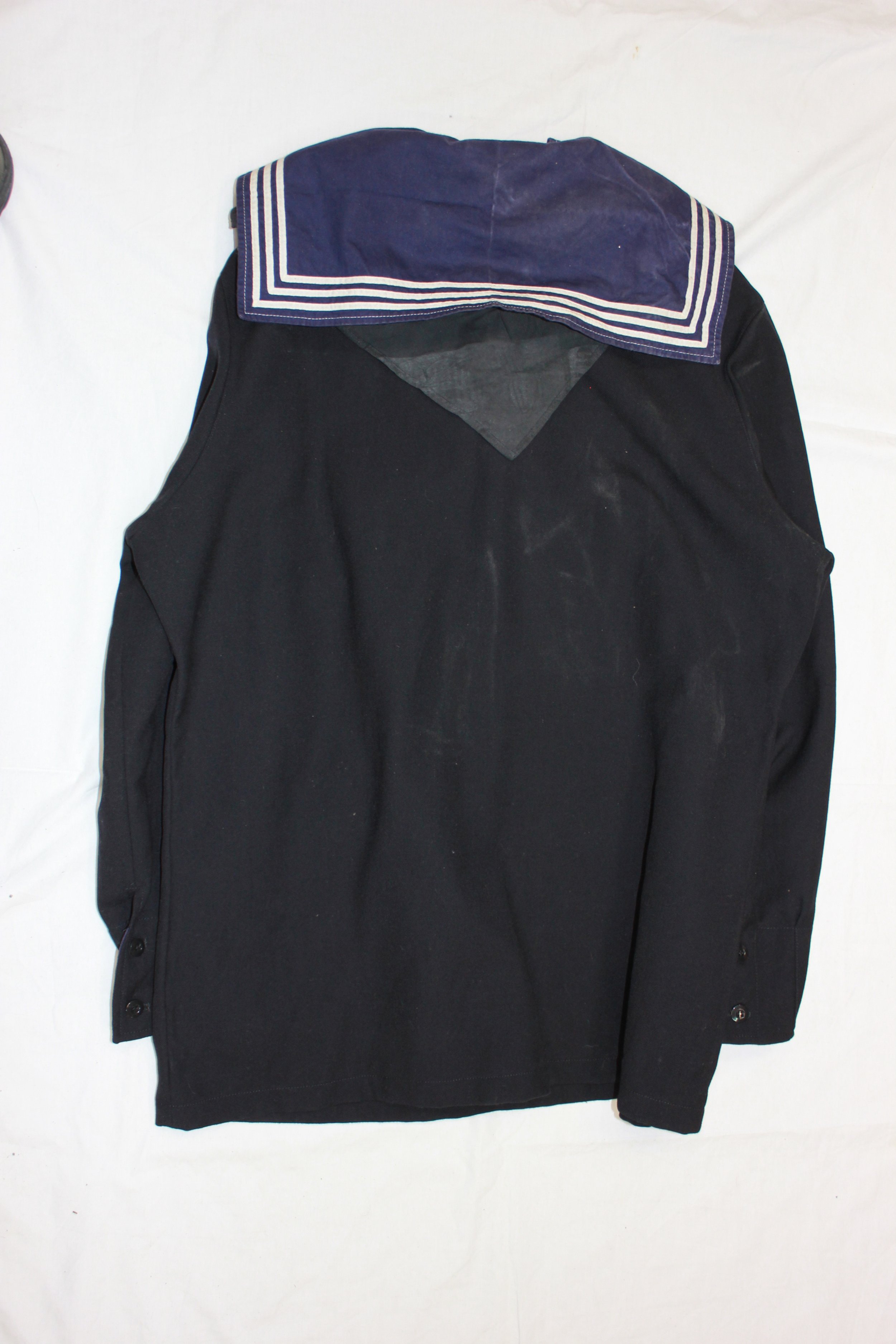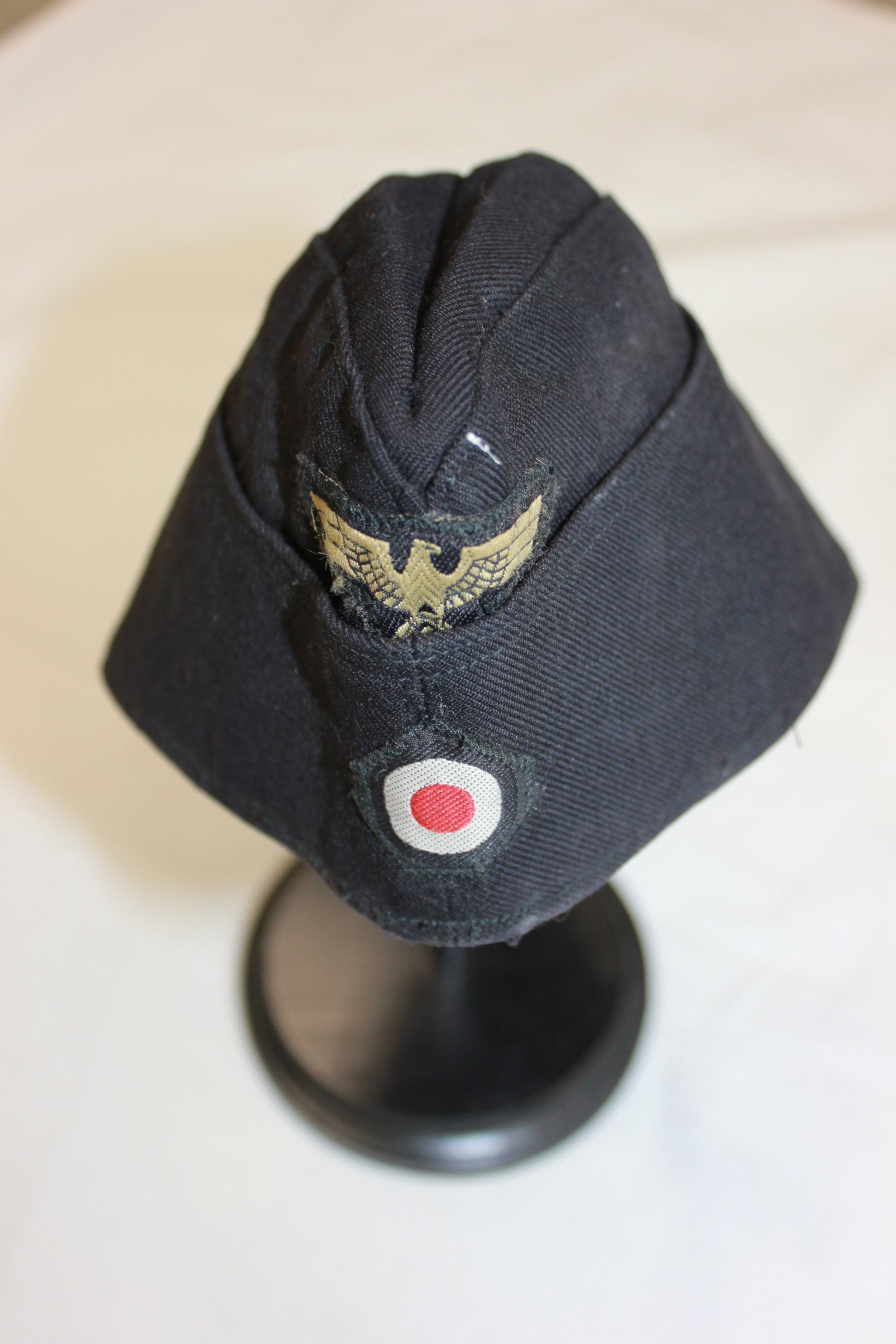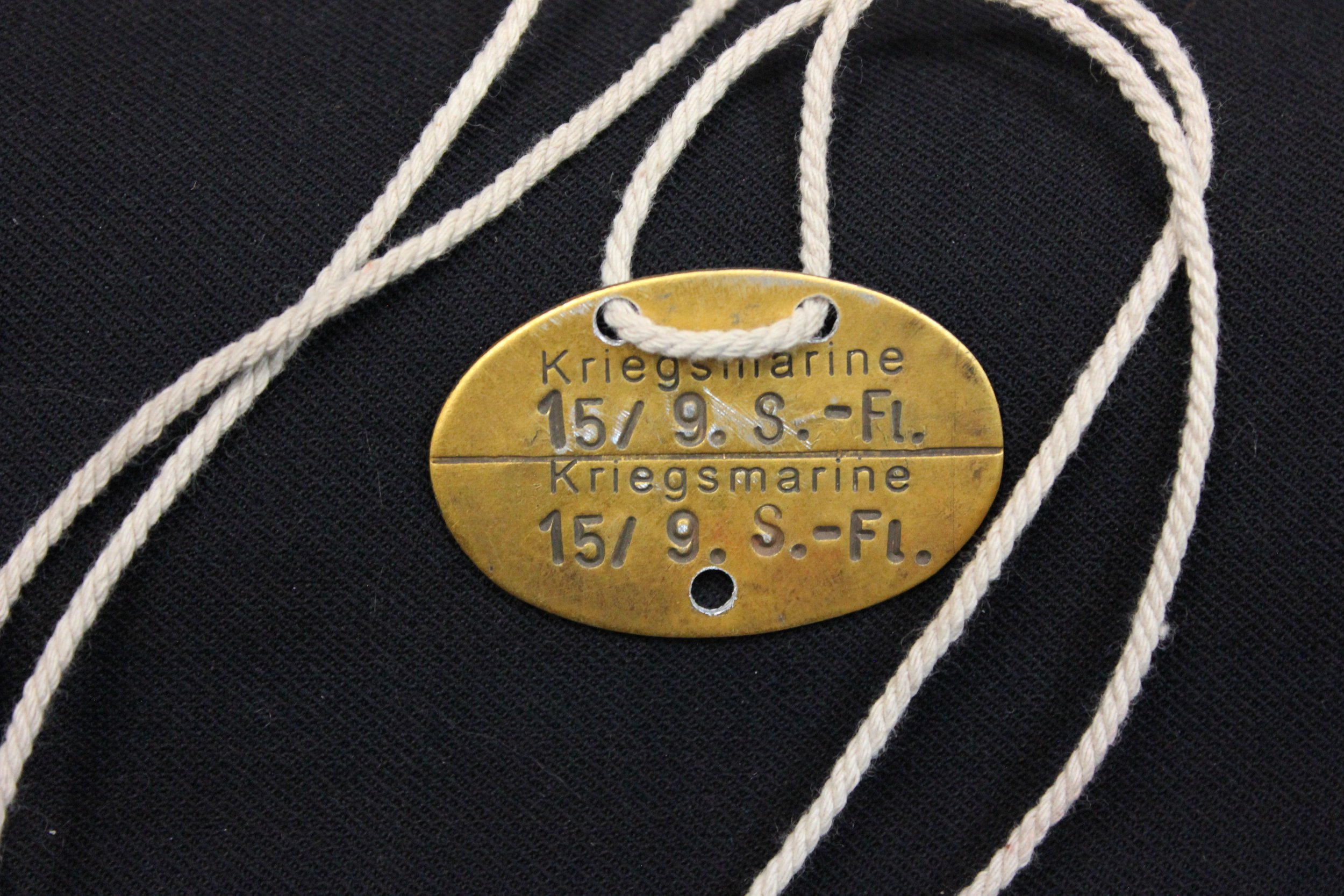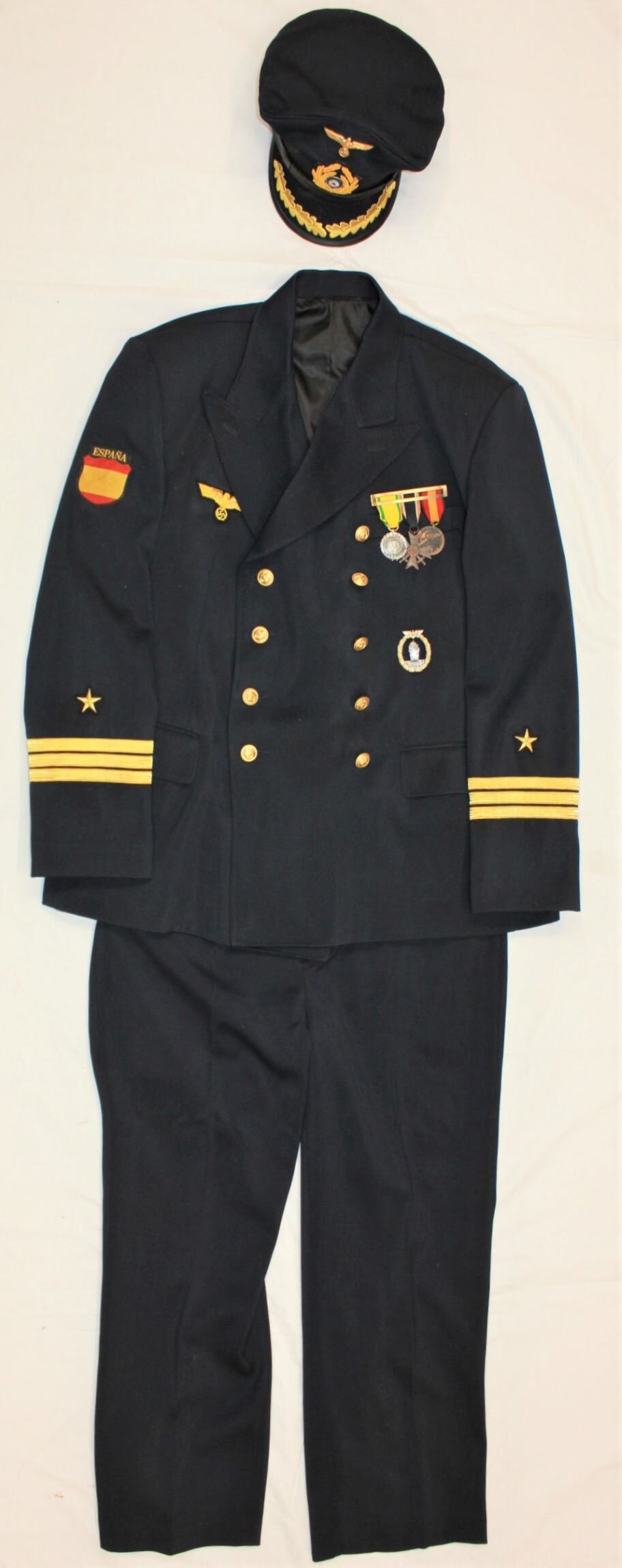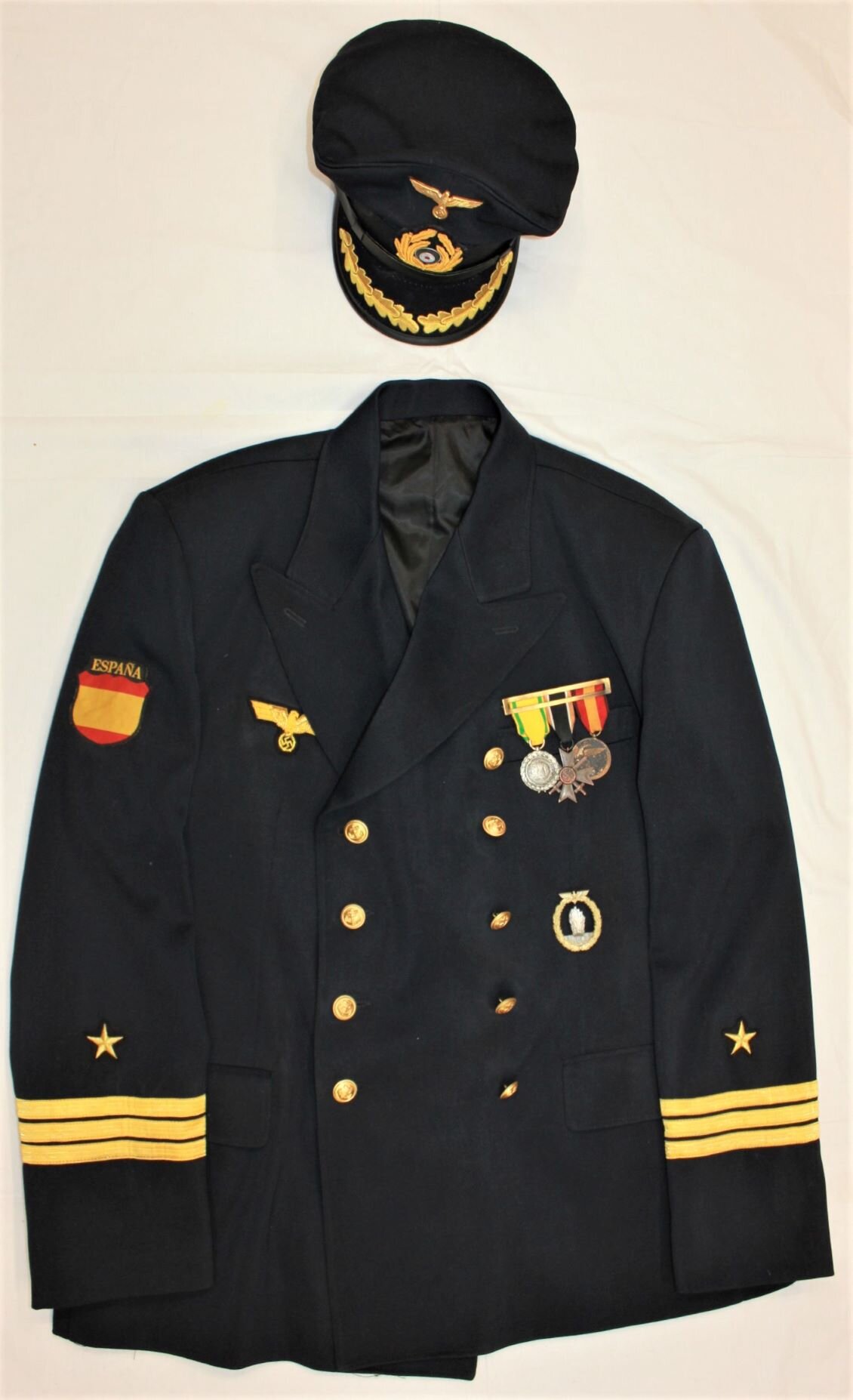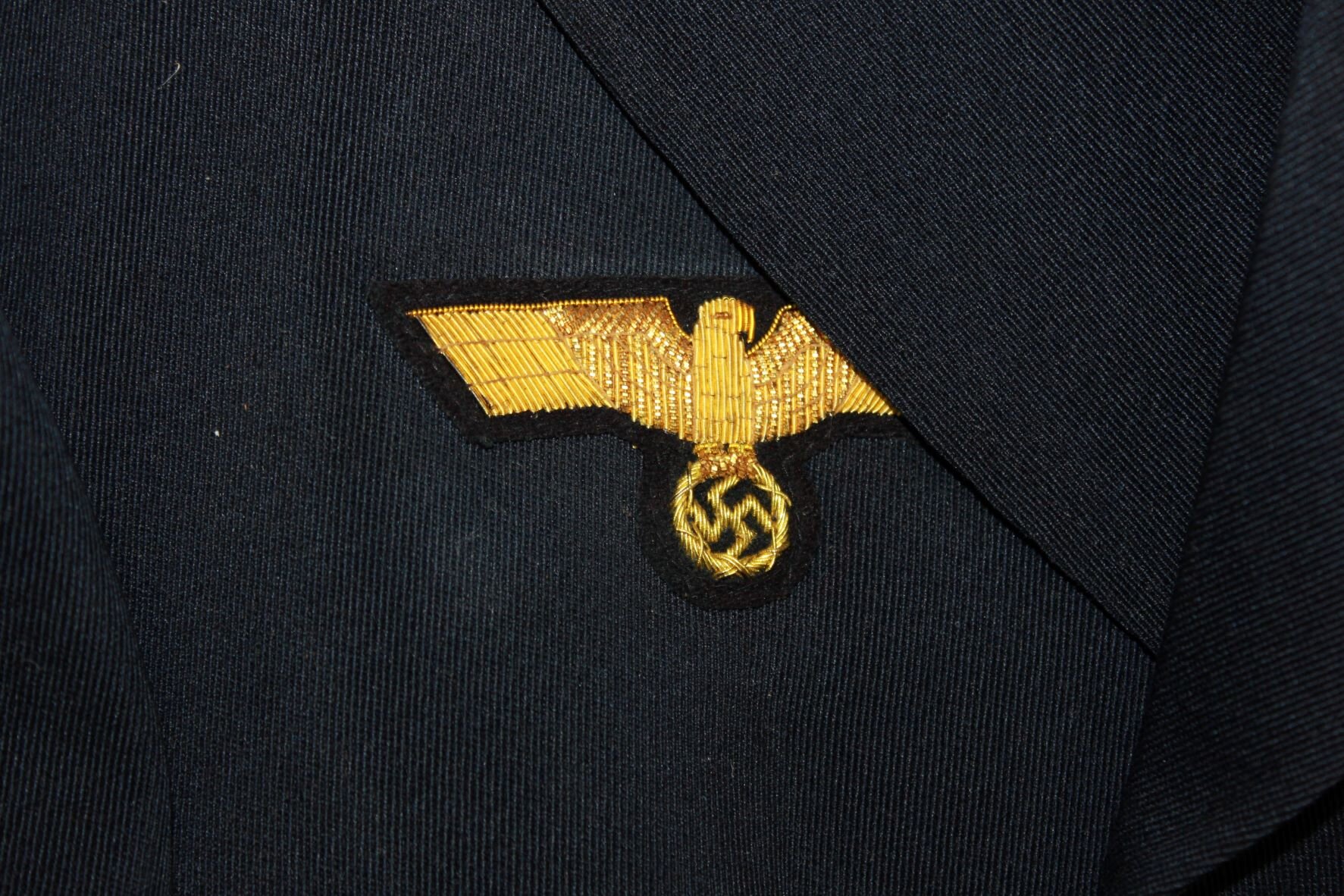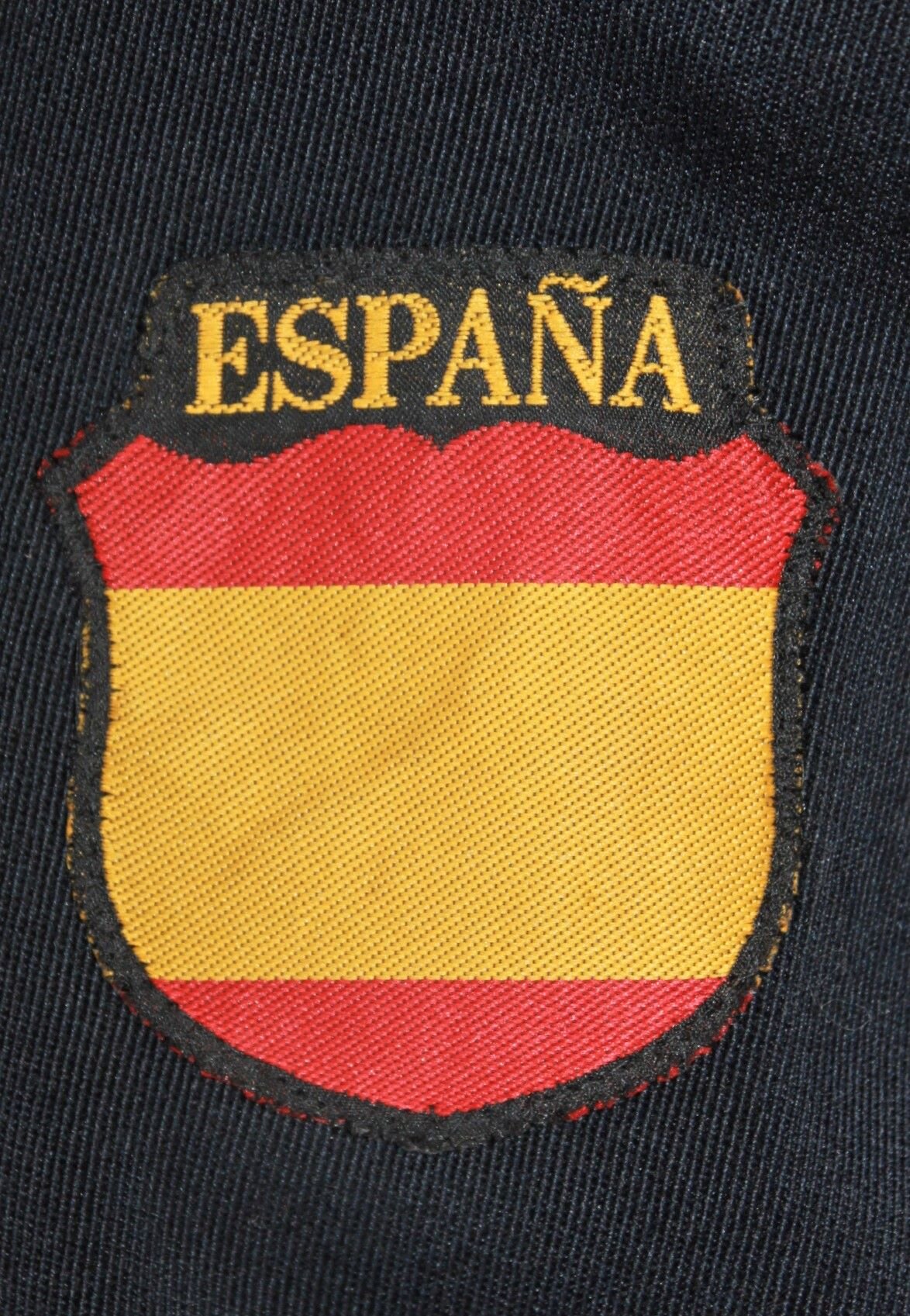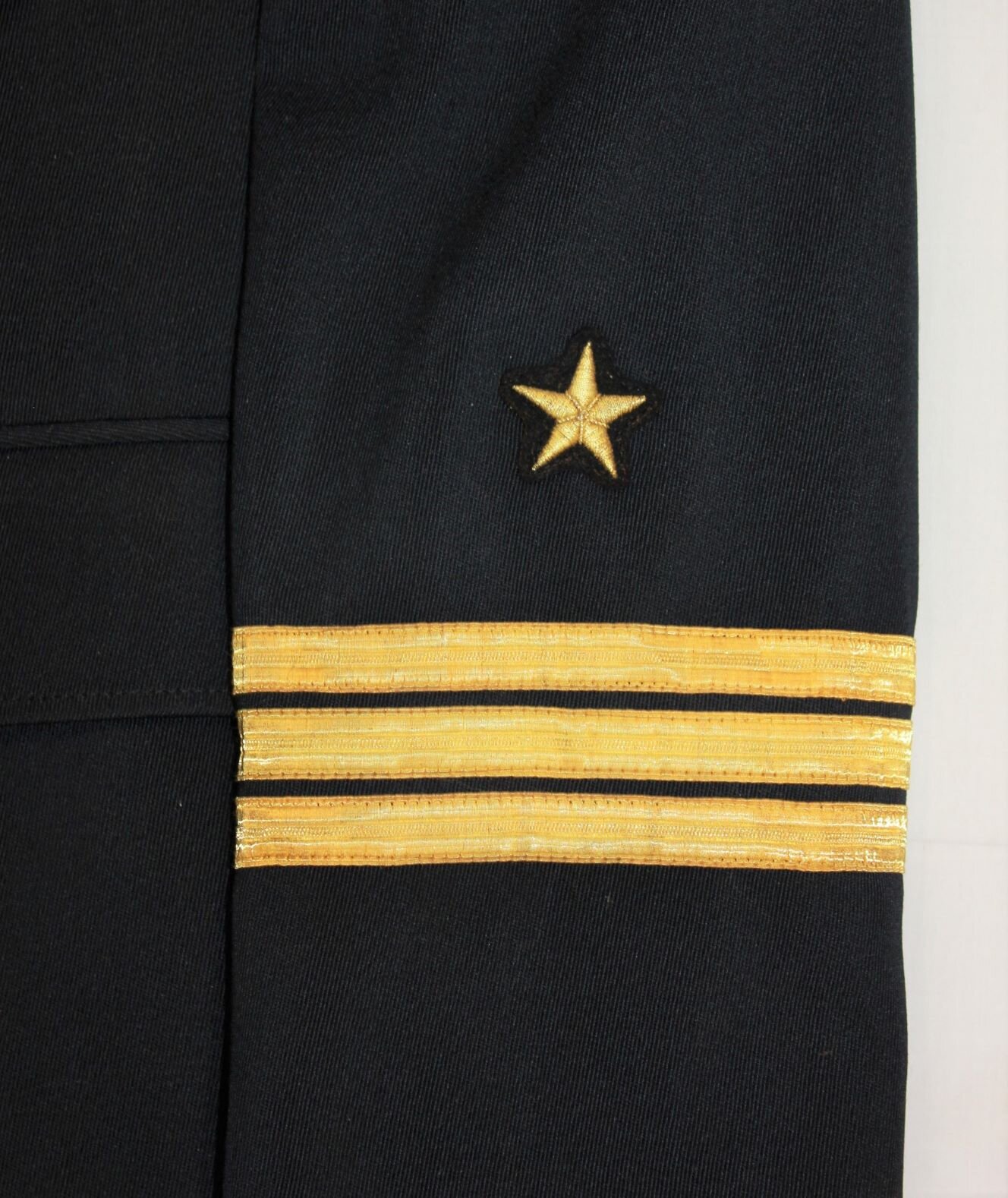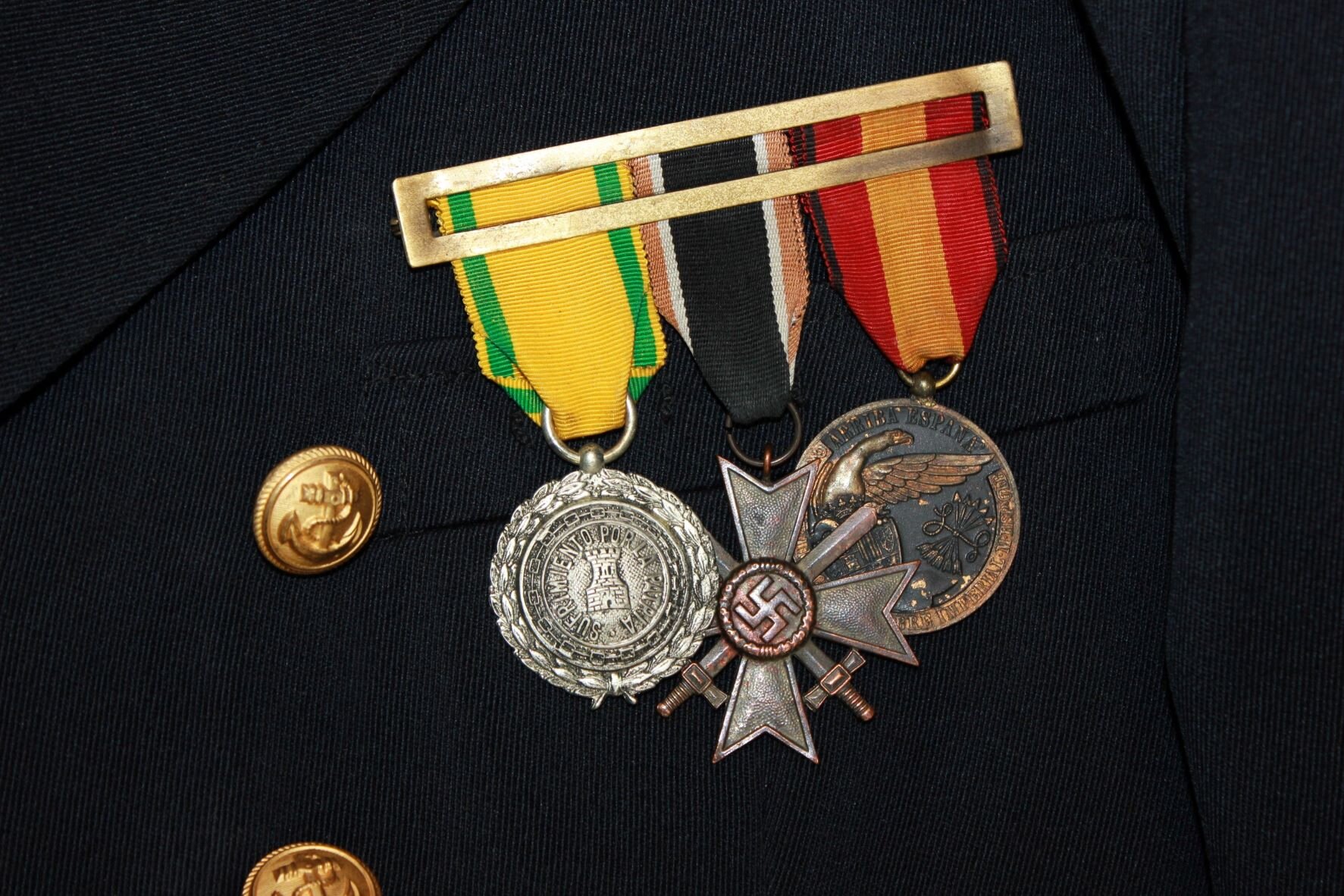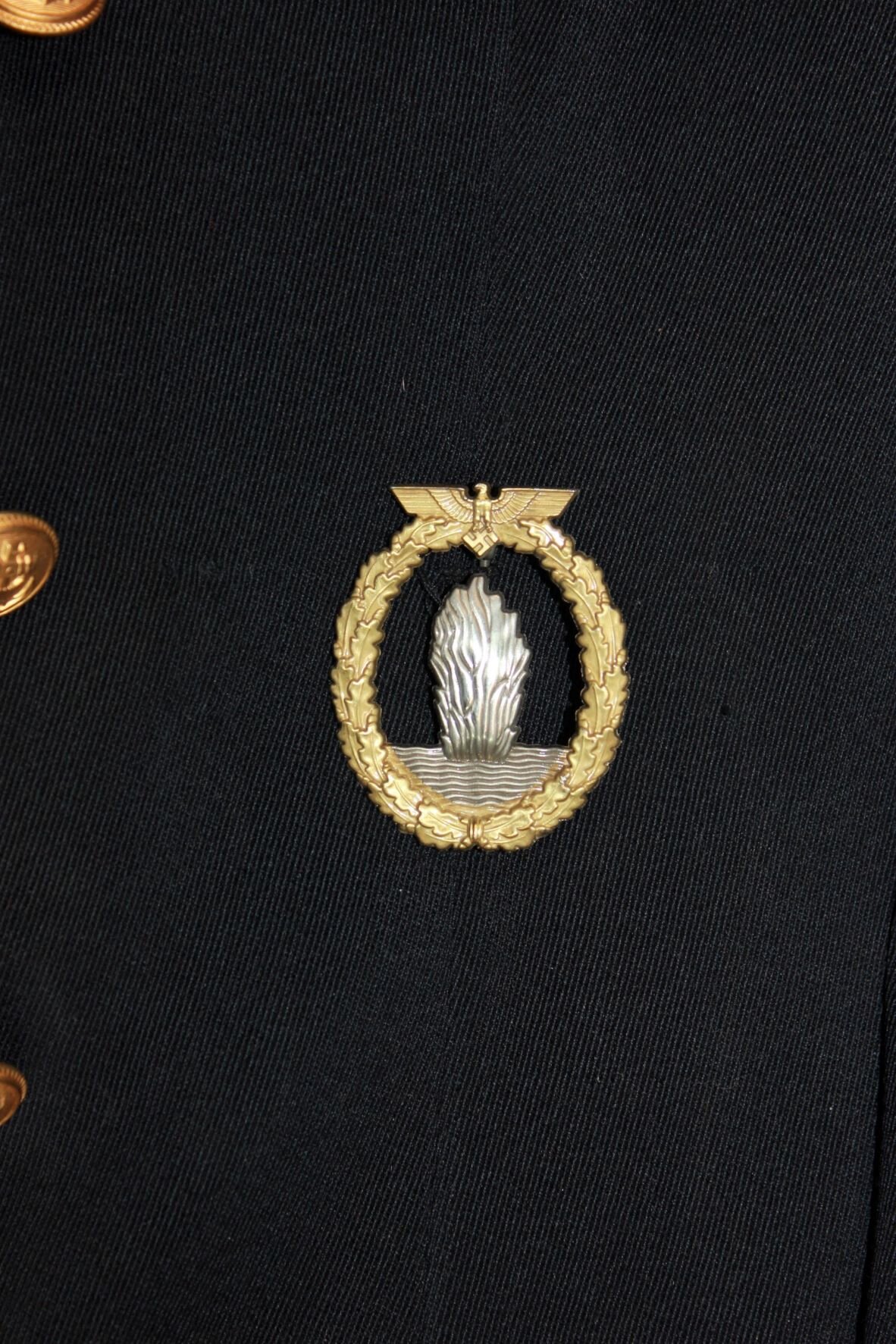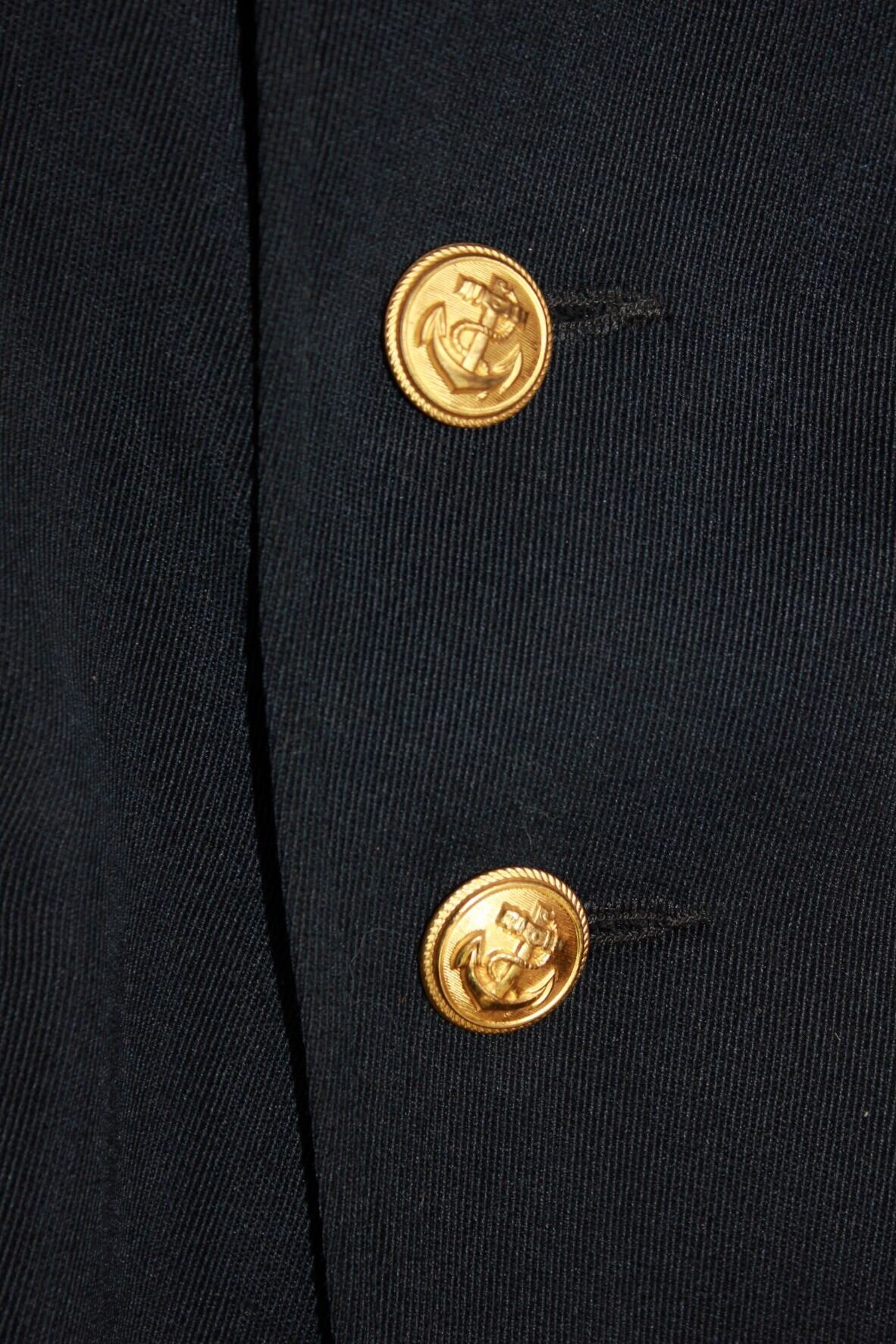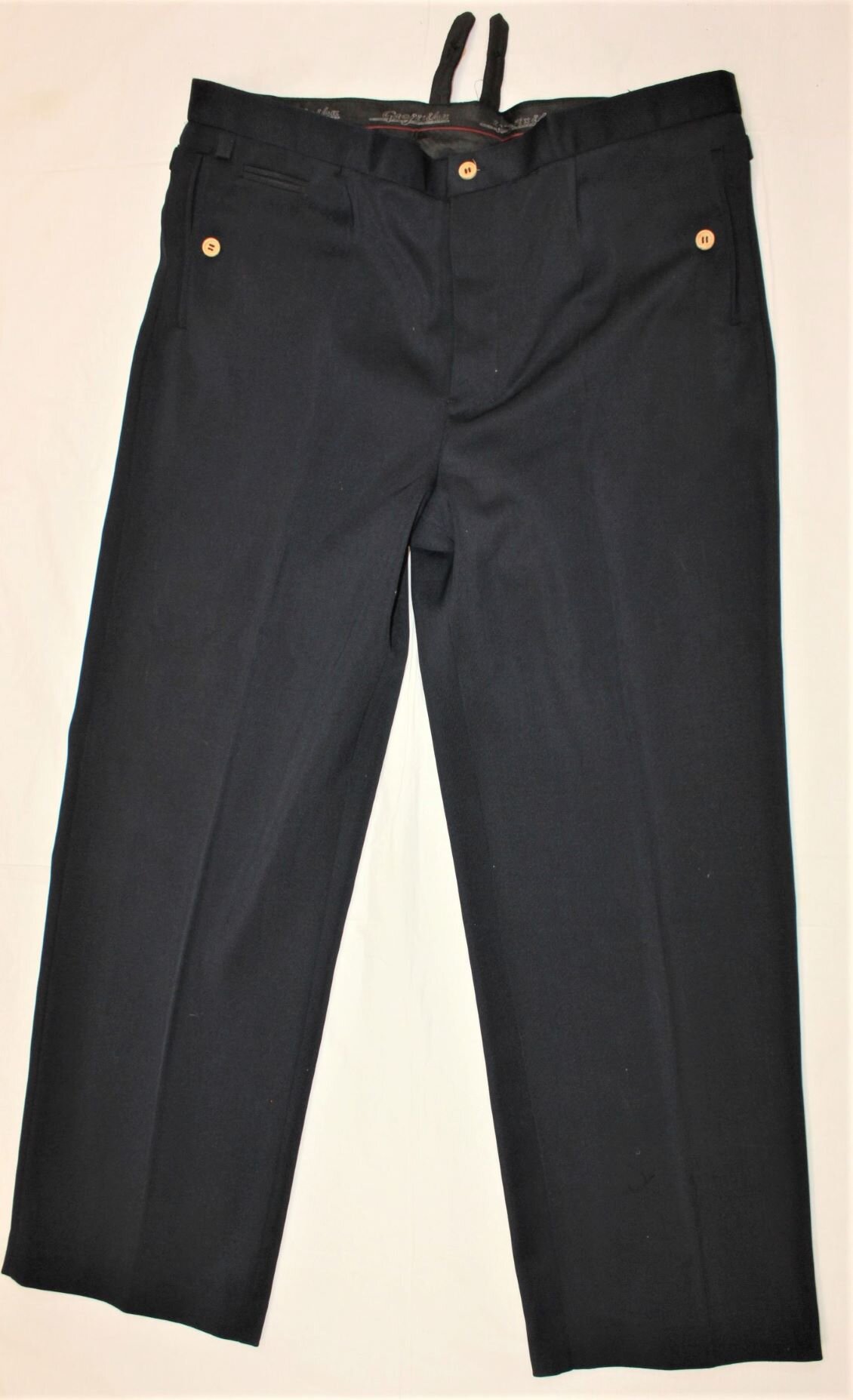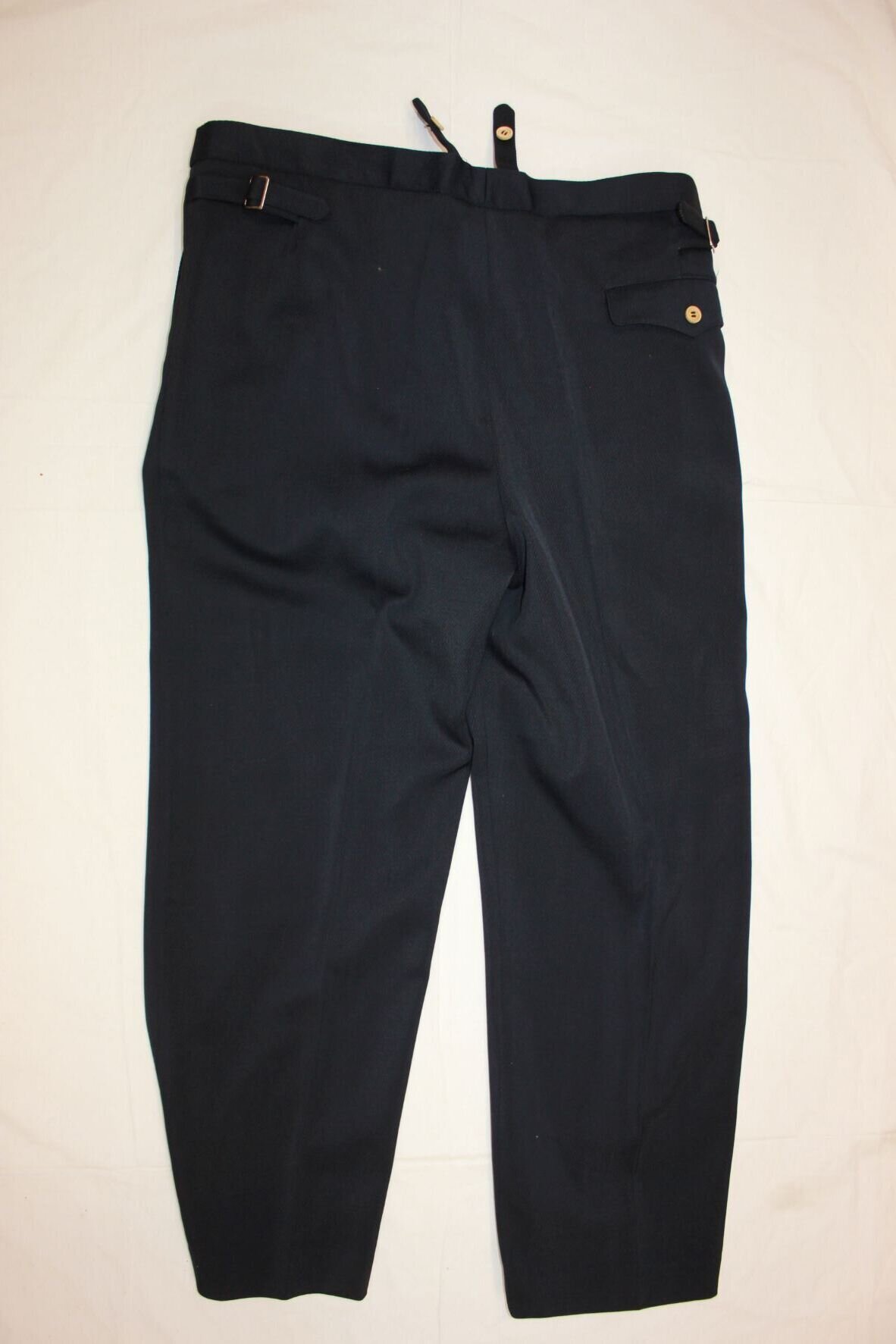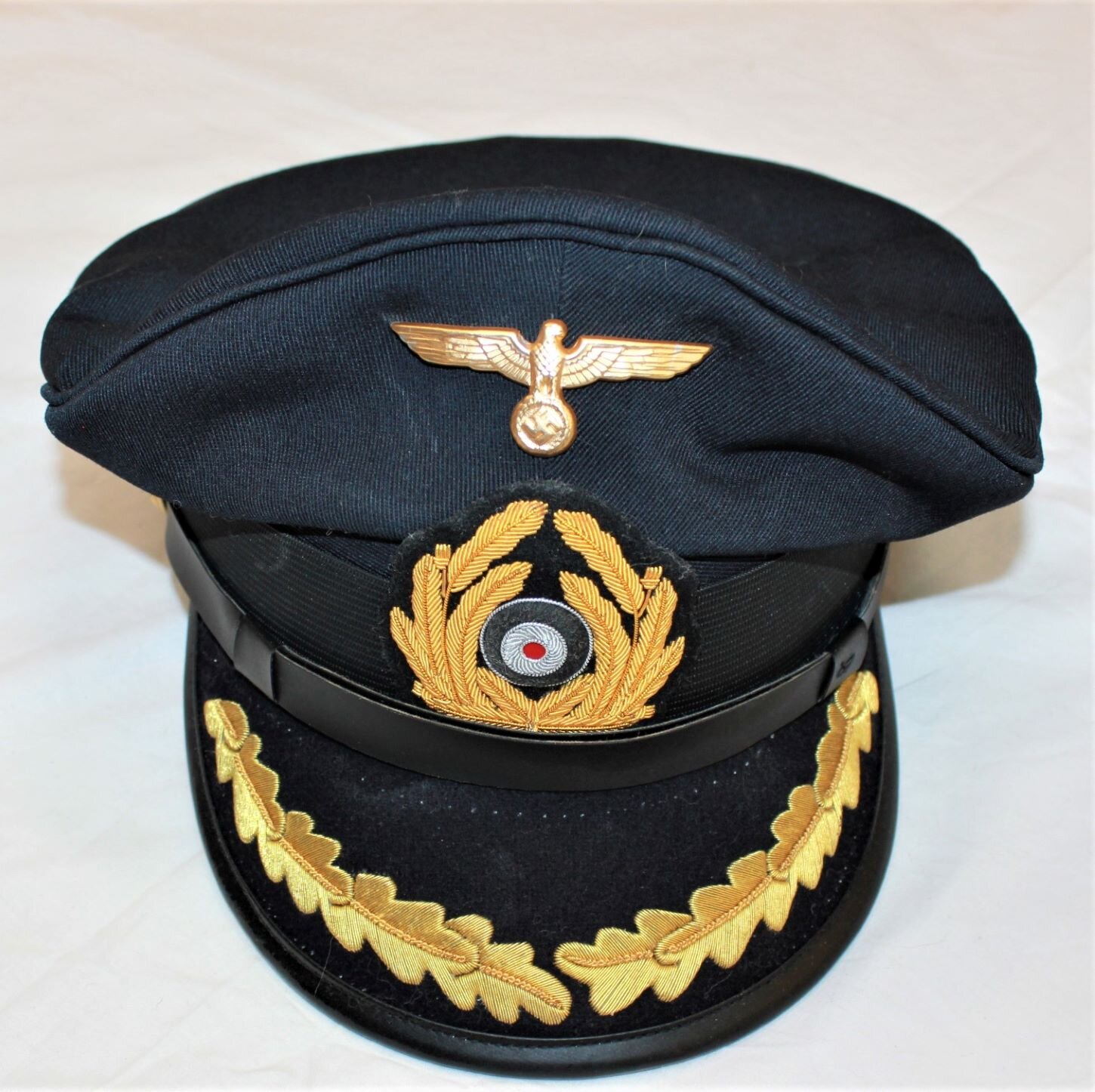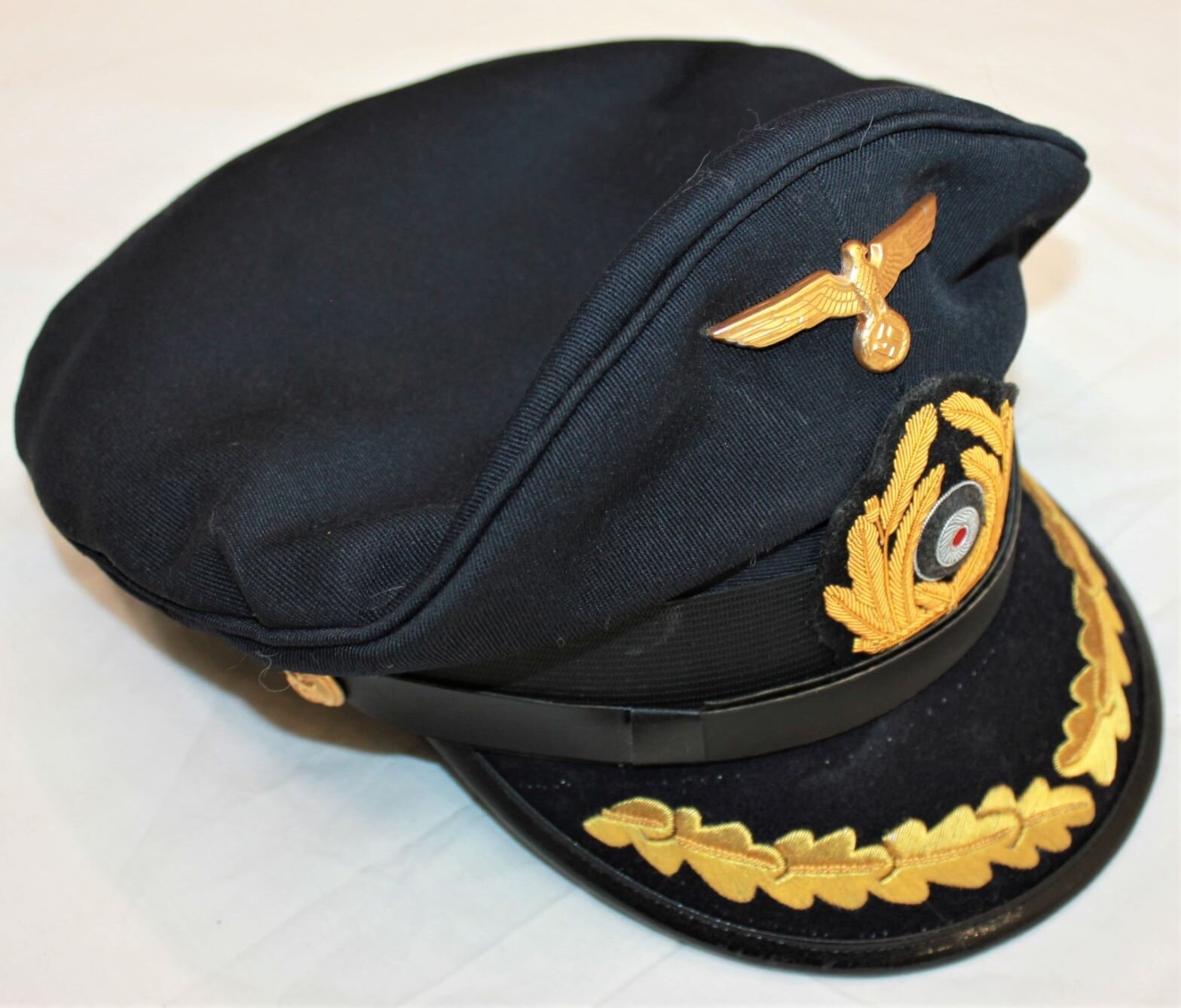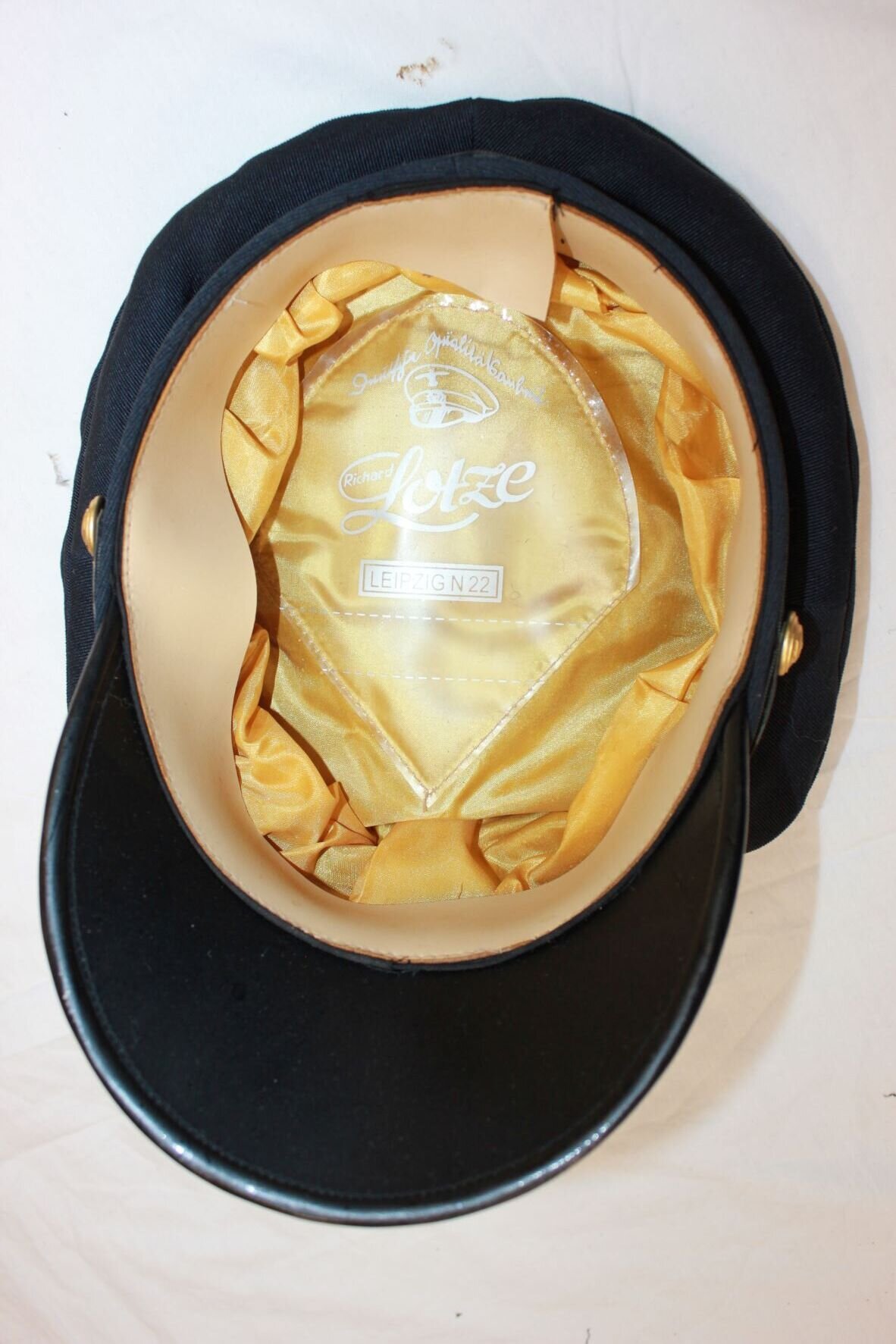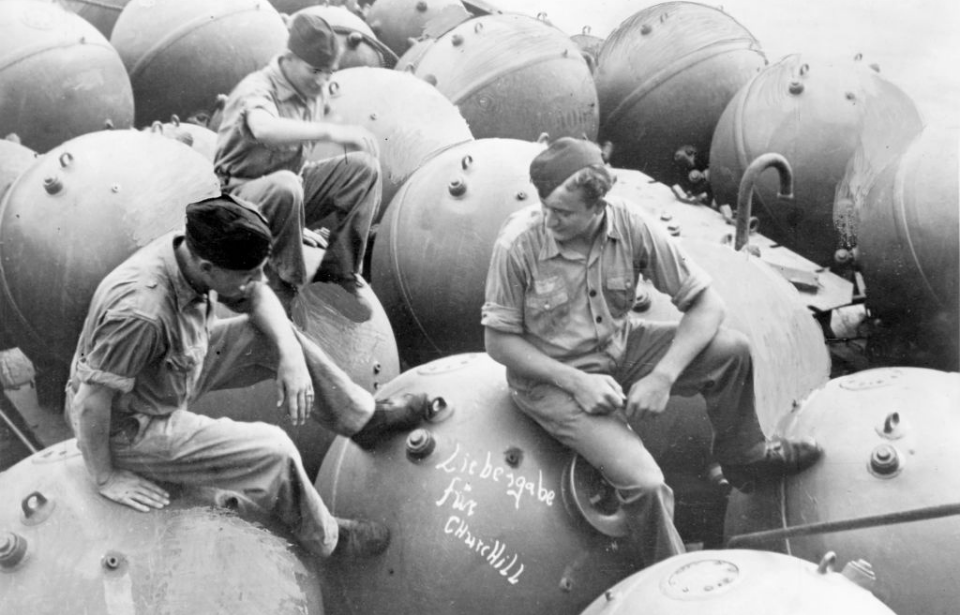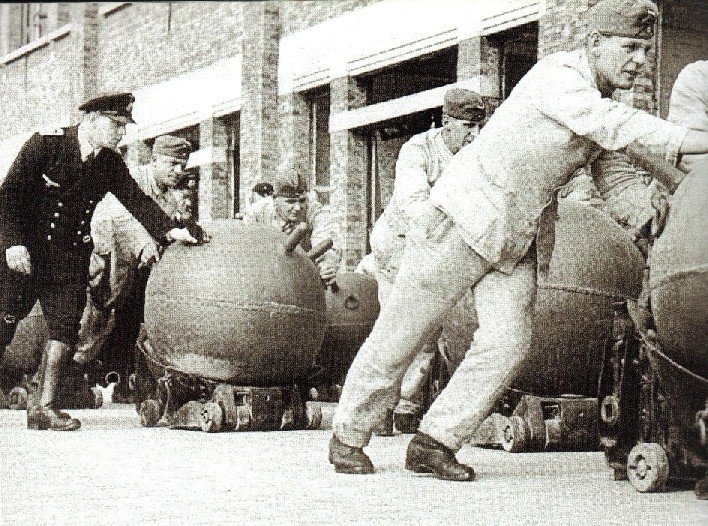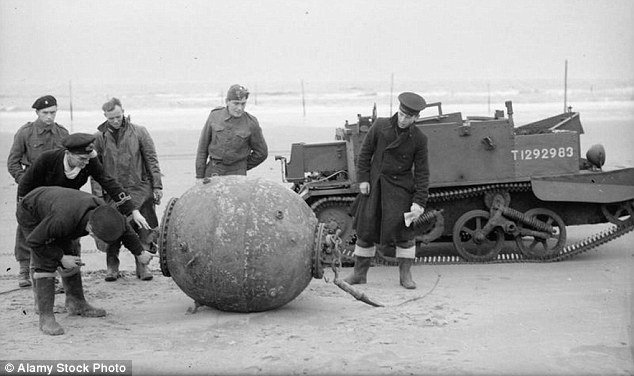Kriegsmarine Foreign Volunteers:
Matrozengefreiter Comisión ‘Urzaiz’ 9. Schnellbootsflotille, (Kroatian Kriegsmarine Volunteer):
Members of the Spanish Navy volunteered to serve with the Kriegsmarine in the fight against Bolshevism in 1942 and 1943. Nowhere is the level of involvement as those who served in the ‘Blue Division’ or the Luftwaffe made their contribution with three different volunteer groups called Comisión. The first Comisión ‘Fernandez Marin’, which served in the Baltic Sea in Kotka, Finland, with 1. Räumflotille, 12. U-Jägerflotille la 3.Minensuchflotille, 3.Vorpostenflotille from February 13, 1942 until March 7, 1943.
Comisión ‘Fernandez de la Puente’ served in the Minensuchverbände Ost, comanded by KonterAdmiral Böhmer Comisión ‘Urzaiz’ formed part of the 9.Schnellbootsflotille which was part of the Bär Program "Bär II" u. "Bär III", which ended in July 1943. Few period photos have appeared of the enlisted sailors, however, there are several existing period photos of the officers. As with all Spanish volunteers, they were recalled to Spain as the government there sought to officially uninvolve itself from the German forces.
Spanish Volunteers wore the German uniform with the addition of the Spanish volunteer arm shield on the right sleeve. Part of Comisión ‘Urzaiz’s Matrozengefreiter is one of the gunners on a Schnellboot. He has been awarded the Schnellbootkriegsabzeichen. The award was instituted on 30 May 1941 for outstandingly successful sorties, wounded in action, 12 sorties against enemy vessels or installations, or outstanding leadership. He wears a standard overseas cap.
Matrozengefreiter, Comisión ‘Urzaiz’ 9.Schnellbootsflotille:
Members of the Spanish Navy volunteered to serve with the Kriegsmarine in the fight against Bolshevism in 1942 and 1943. Nowhere is the level of involvement as those who served in the ‘Blue Division’ or the Luftwaffe, they made their contribution with three different volunteer groups called Comisión. The first Comisión Fernández Marin, which served in the Baltic Sea in Kotka, Finland, with 1. Räumflotille, 12. U-Jägerflotille la 3.Minensuchflotille, 3.Vorpostenflotille from February 13, 1942 until March 7, 1943.
Comisión ‘Fernandez de la Puente’ served in the Minensuchverbände Ost, comanded by Konte rAdmiral Böhmer Comisión ‘Urzaiz’ formed part of the 9.Schnellbootsflotille which was part of the Bär Pro gram -"Bär II" u. "Bär III"-, which ended in July 1943. Few period photos have appeared of the enlisted sailors, however, there are some existing period photos of the officers. As with all Spanish volunteers, they were recalled to Spain as the government there sought to officially uninvolve itself with the German forces. Spanish Volunteers wore the German uniform outstandingly successful sortie, were wounded in action, 12 sorties against enemy vessels or installations, or for outstanding leadership. He wears a standard overseas cap. with the addition of the Spanish volunteer arm shield on the right sleeve. Part of Comisión ‘Urzaiz’s Matrozengefreiter is one of the gunners on a Schnellboot. He has been awarded the Schnellbootkriegsabzeichen. The award was instituted on 30 May 1941 for
Kapitan Comisión, ‘Fernandez Marin’ 3. Minensuchflotille, Kotka, Finland:
The participation of Spanish seafarers in the Kriegsmarine was due to the 1939 Spanish plan for the rearmament of the Spanish Navy. The Spanish needed German aid to be able to carry out the reconstruction. In the end, this plan proved unfeasible for a poor and devastated country like Spain of those years could not afford to purchase German naval ships and armaments.
Nonetheless, in the summer of 1940, a group, or Comisión of Spanish navy personnel, traveled to Germany to obtain the necessary technology for the rearmament program. In exchange for supplying strategic minerals such as tungsten, tin, aluminum, or copper, Germany offered plans and patents for submarines, minesweepers, and torpedo boats, and accepted the sending of Spanish personnel into training courses and to participate in hands-on combat training aboard Kriegsmarine ships.
Training began with the arrival of Comisión ‘Fernandez Marin’ (named after the ranking officer Kaptain de Navío Pedro Fernández Marín). The group completed training and reported for duty in the Baltic Sea in February 1942.
. Based in Kotka, Finland, with the 1. Räumflotille, 12. U-Jägerflotille, 3. Minensuchflotille, 3. Vorpostenflotille returned to Spain in March 1943. Kriegsabzeichen für Minensuch-, U-Boot Jagd-, und Sicherungsverbände was instituted on 31 August 1940 by Grand Admiral Erich Raeder. It was first awarded on 28 November 194o.
